Last Updated on October 27, 2023 by
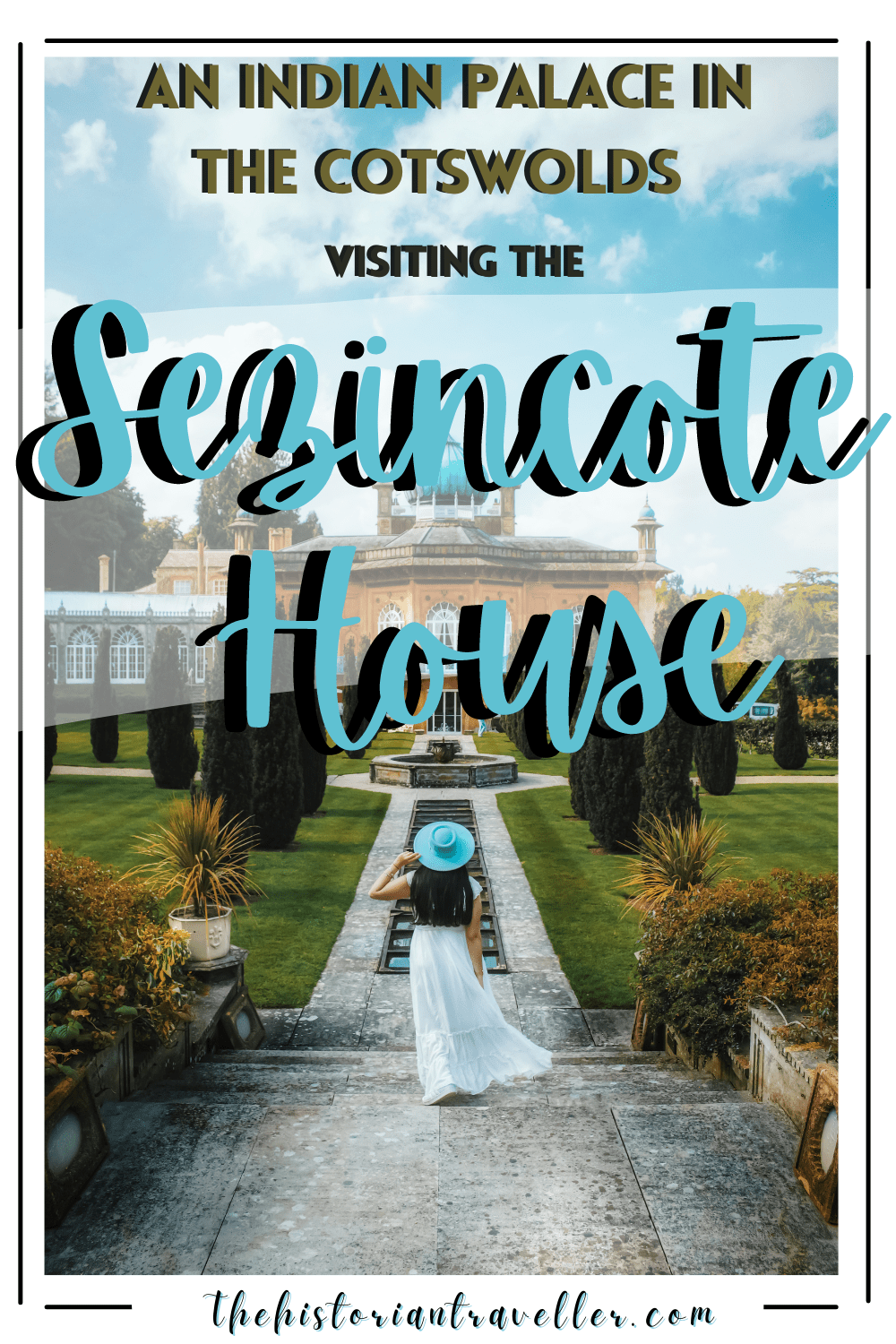
Nestled in the heart of the Cotswolds, the Sezincote House & Gardens encapsulates the vibes of the Rajasthani architecture in a very British way. Keeping the echoes of a not-so-far colonial past, Sezincote House is a unique estate where to enjoy the breeze of a summer afternoon surrounded by lavish gardens, waterfalls and secret grottoes. Visitors touring England, will enjoy a visit of this Indian palace in the Cotswolds. Indeed, this is one of the finest examples of Mughal architecture in the UK. In this blog, you will discover how to plan your visit to the Sezincote House & Gardens.
Table of Contents
An Indian Palace in the Cotswolds
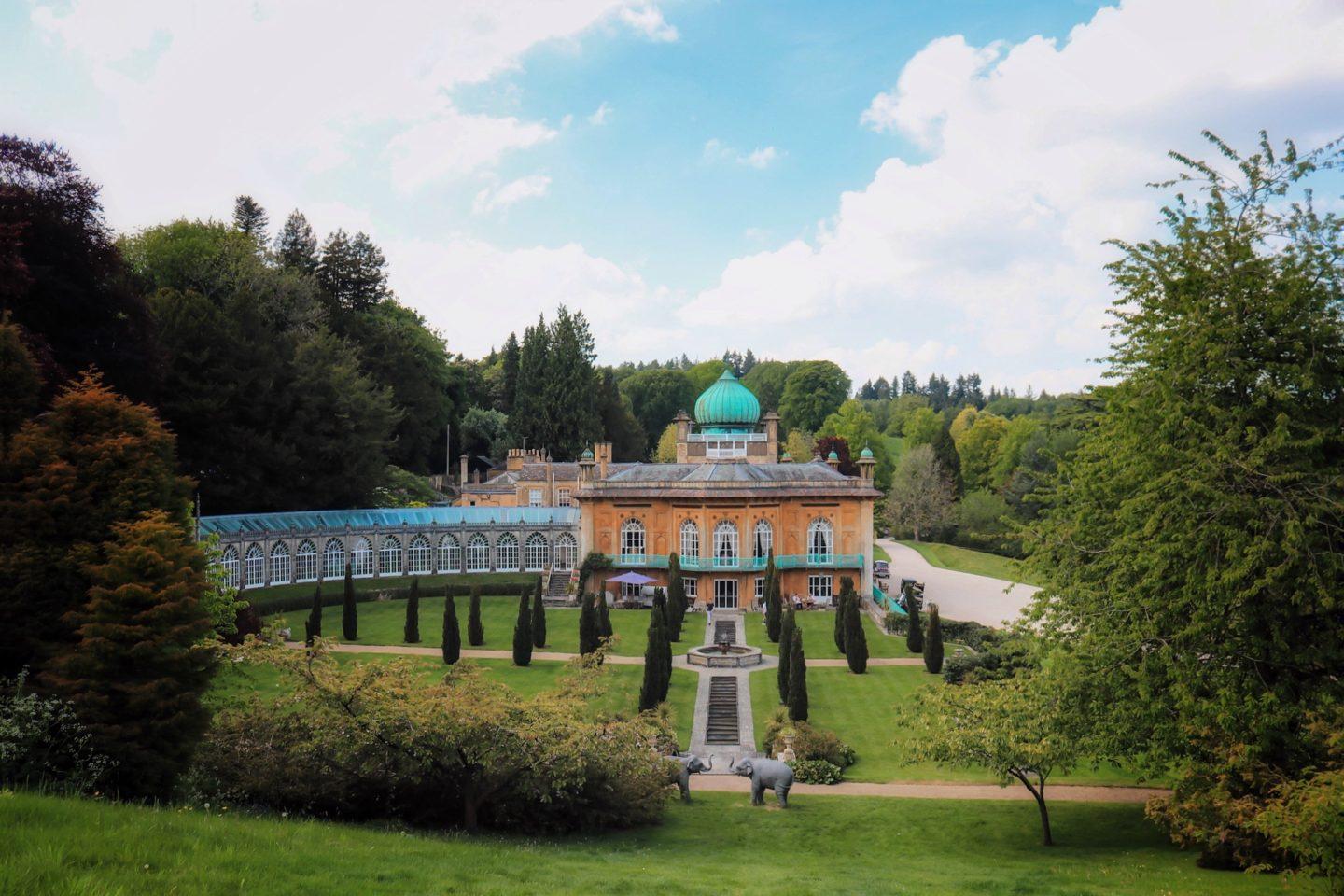
The story of the Sezincote House dates back to 1795, when Colonel John Cockerell returned from Bengal. Heir of a family who amassed a fortune in the East Indian Company; once returned to the UK, Cockerell wanted to shelter into the vast land of the Cotswolds. Unfortunately, his project didn’t get much further. In fact, the Colonel died three years after his return. The property, at this point, was inherited by his youngest brother, Sir Charles Cockerell.
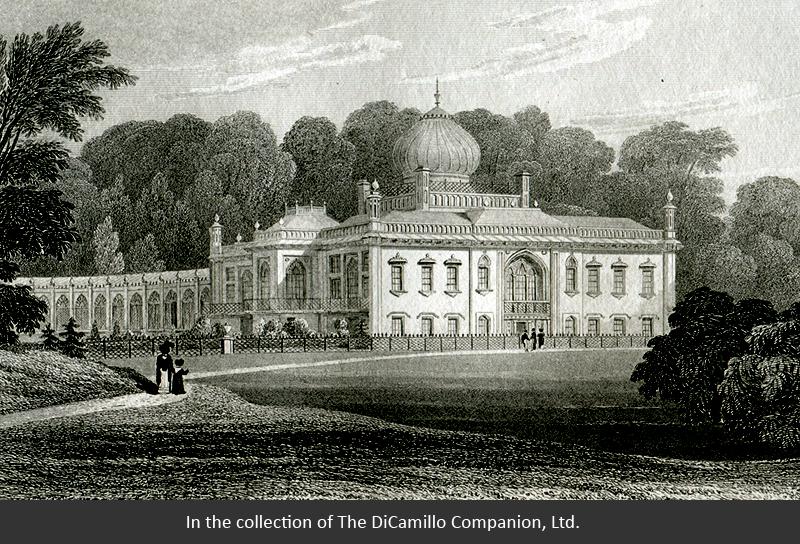
Member of the same East Indian Company, Charles commissioned to his brother Samuel (who was an architect fro the same company) the construction of a palace in Mughal style. The palace was completed by 1807.
The name “Sezincote” has old origins. In fact, the land where the estate was built was already known as “the home of the oaks”. It was registered in the Doomsday Book as “Cheisnecote”.
Sezincote architecture
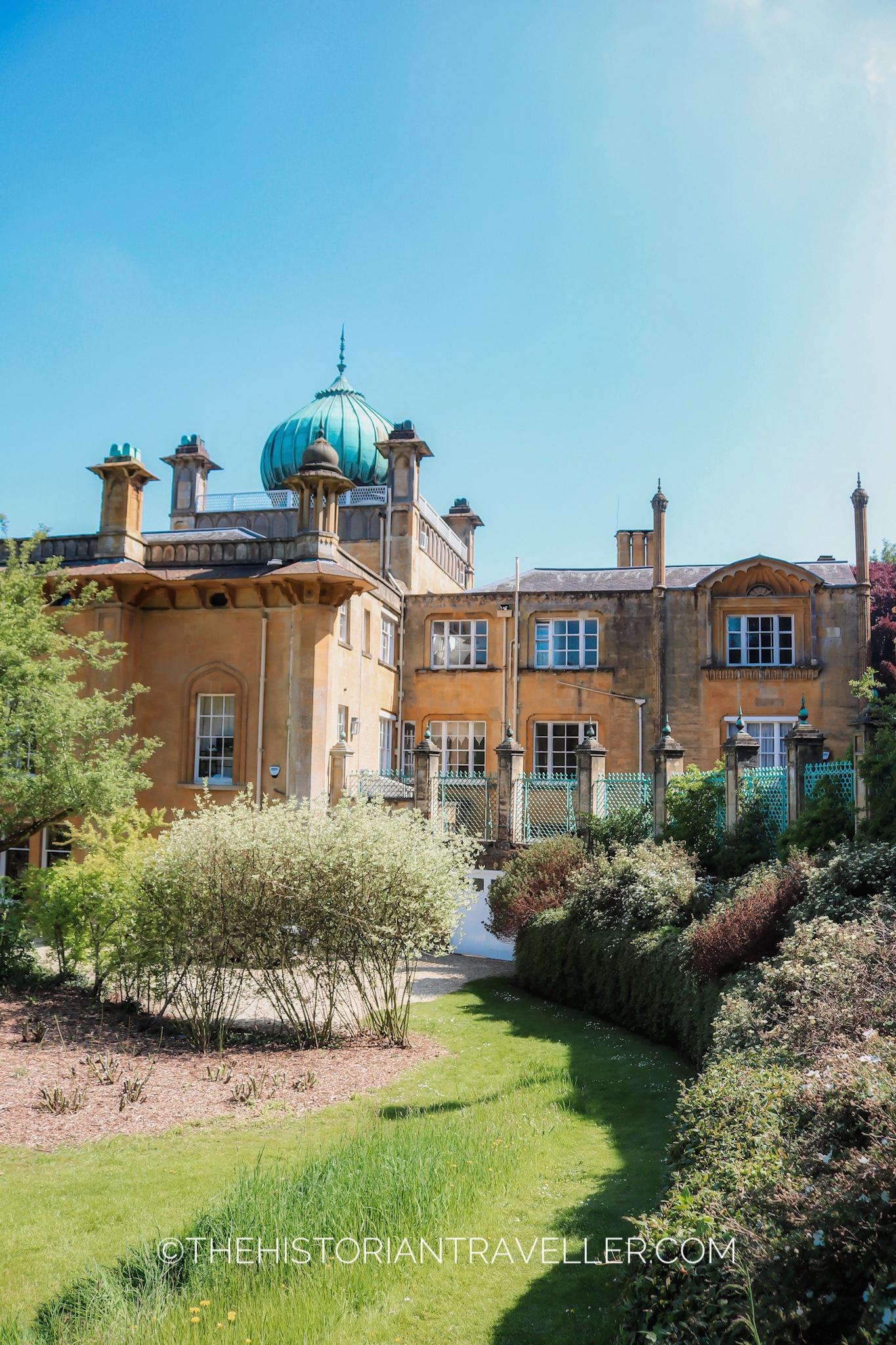
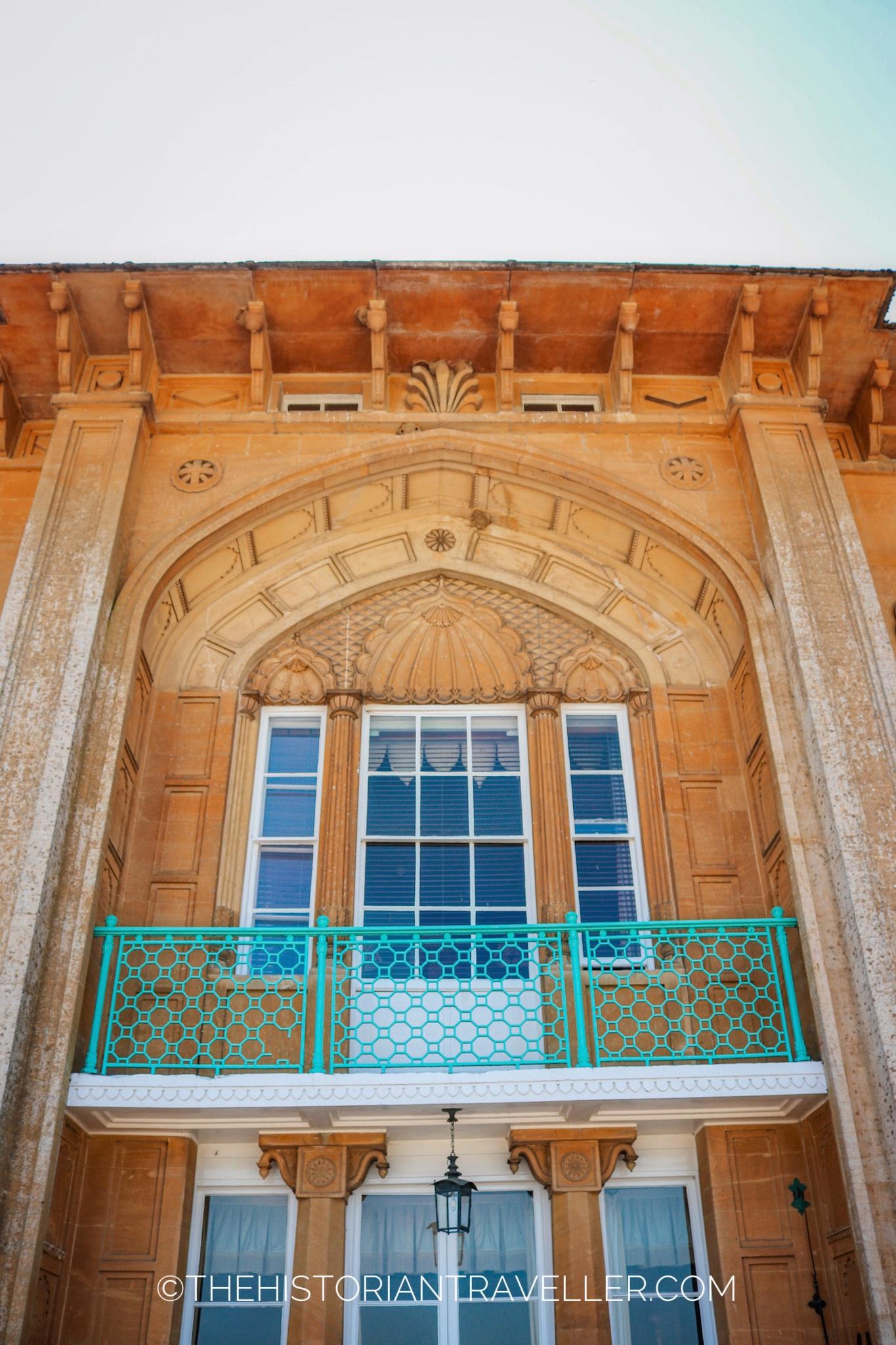
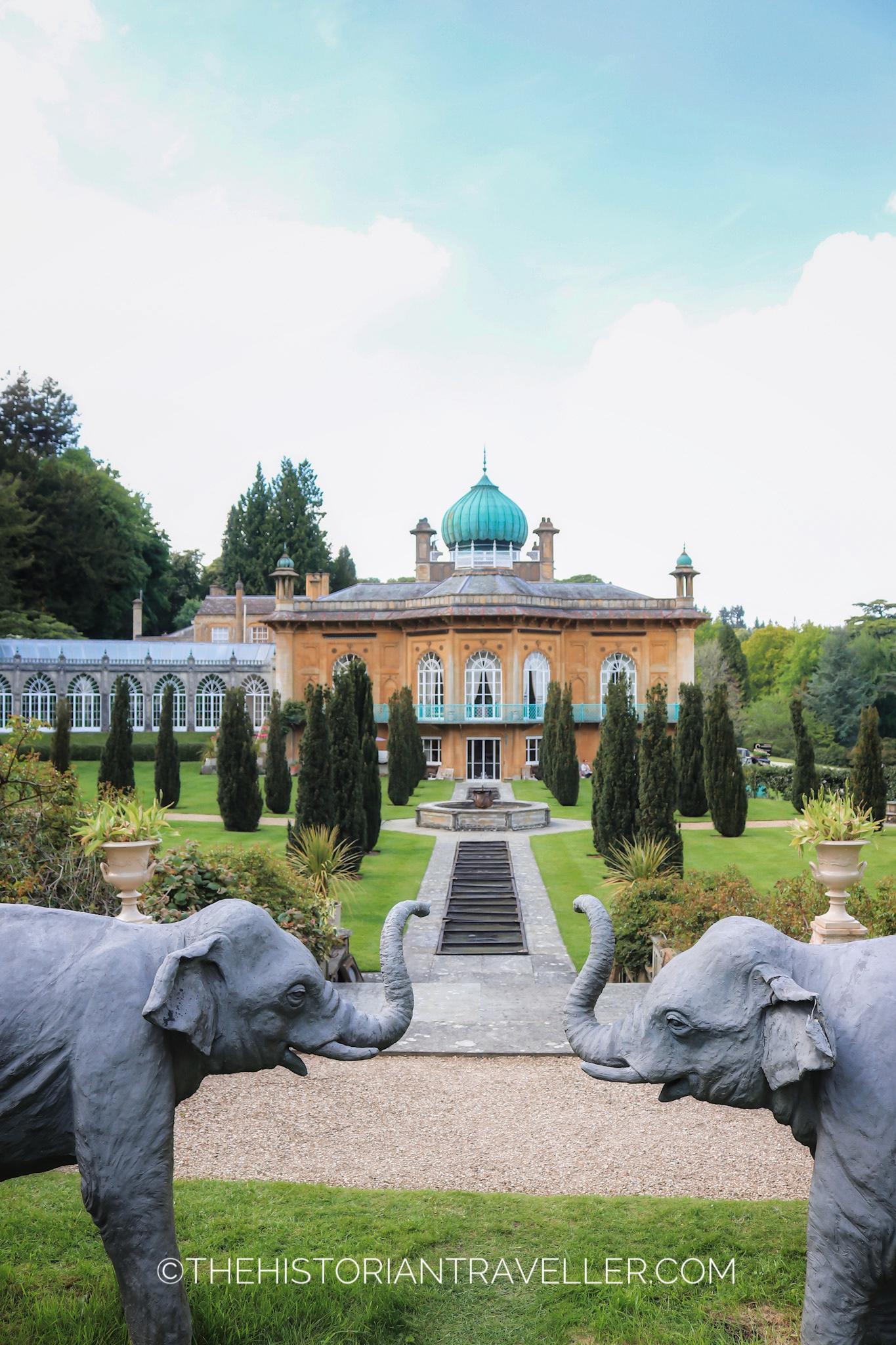
Even if Samuel Cockerell was the main architect of the property, he was assisted by Thomas Daniell. Daniell was a renowned artist who spent more than 10 years in India. He had a great knowledge of Indian architecture and landscapes who he used to capture in watercolours and camera obscura. Sezincote structure aimed to reproduce the unique mix of Hindu and Muslim styles best known as Mughal architecture.
The interior design of the house never meant to be “Indianised” and feature a mixture of Greek revival and British Imperial/classical style.
Sezincote, is certainly one of the nicest hidden gems in the UK. It gives you plenty of Indian vibes but, in my opinion, it fails to reproduce the uniqueness of the Rajasthani architecture. Having personally visited Jaipur myself, I felt there was a great part of the Indian culture that was badly misrepresented in this reproduction. Nevertheless, this does not change the importance of the property and the fact it’s absolutely worth visiting. If you never been to India, this place will certainly inspire you for a future trip. However, if you have visited India in the past, you can certainly note some architectural differences.
Map of the Sezincote Gardens
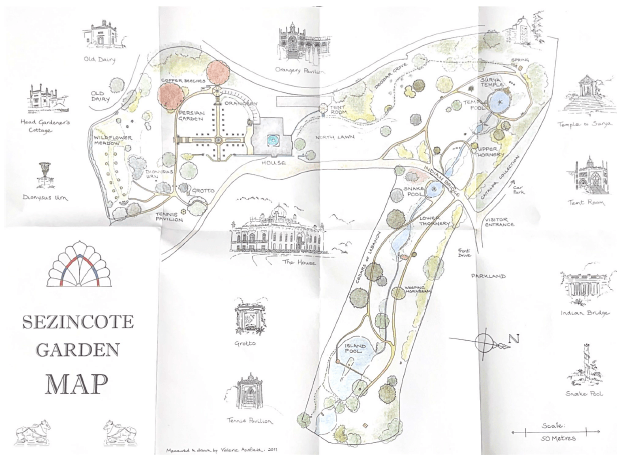
When you’ll show or buy your tickets for the Sezincote Garden, you will receive a lovely hand-painted map (like the one I scanned above). This will show you the best highlights of the property and you can have fun to find all of them! Below, you can find a selection of my favourite spots around the Sezincote estate.
Unmissable things to see at the Sezincote House & Gardens
An Indian palace in the Cotswolds. The Sezincote House
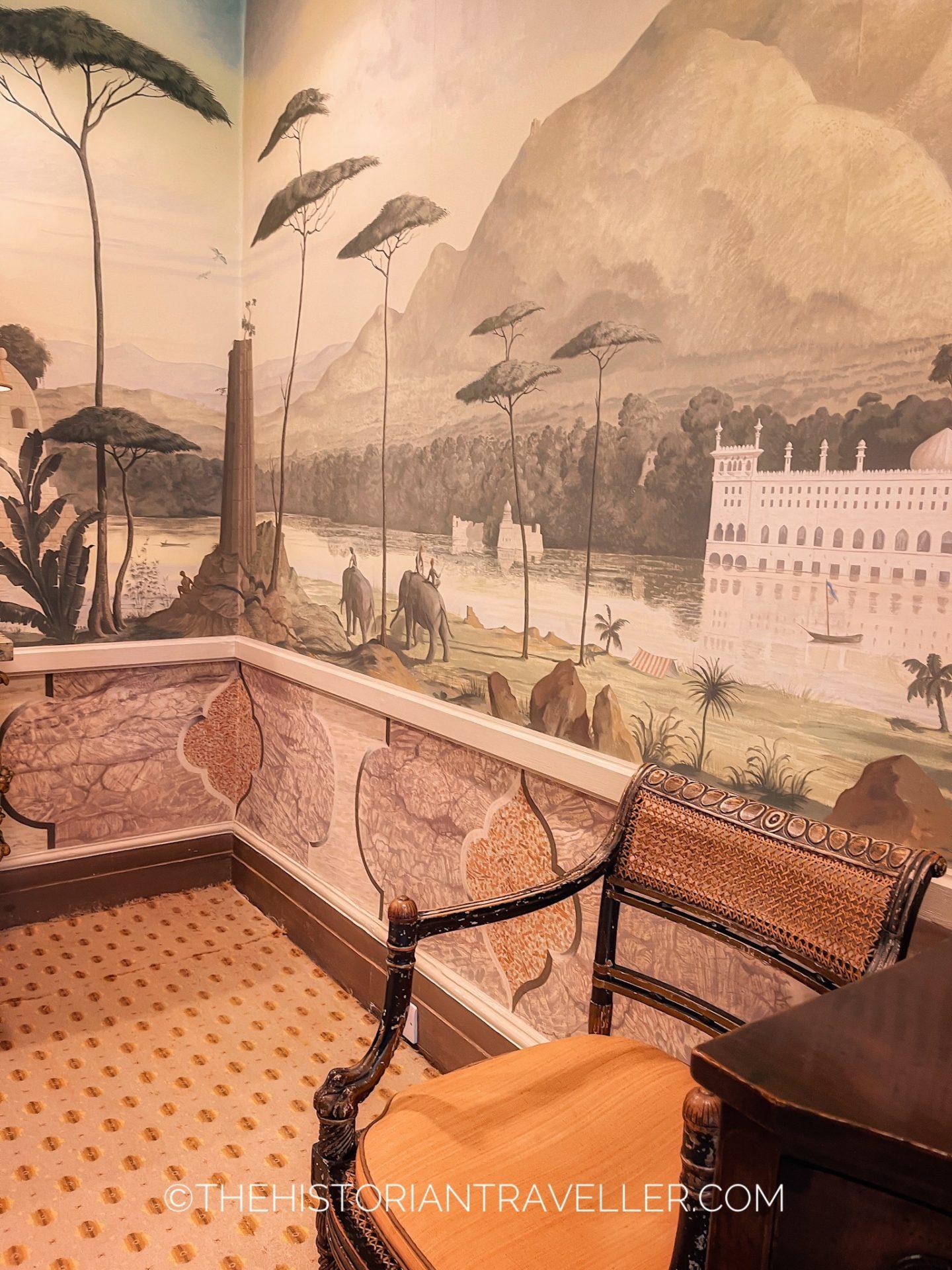
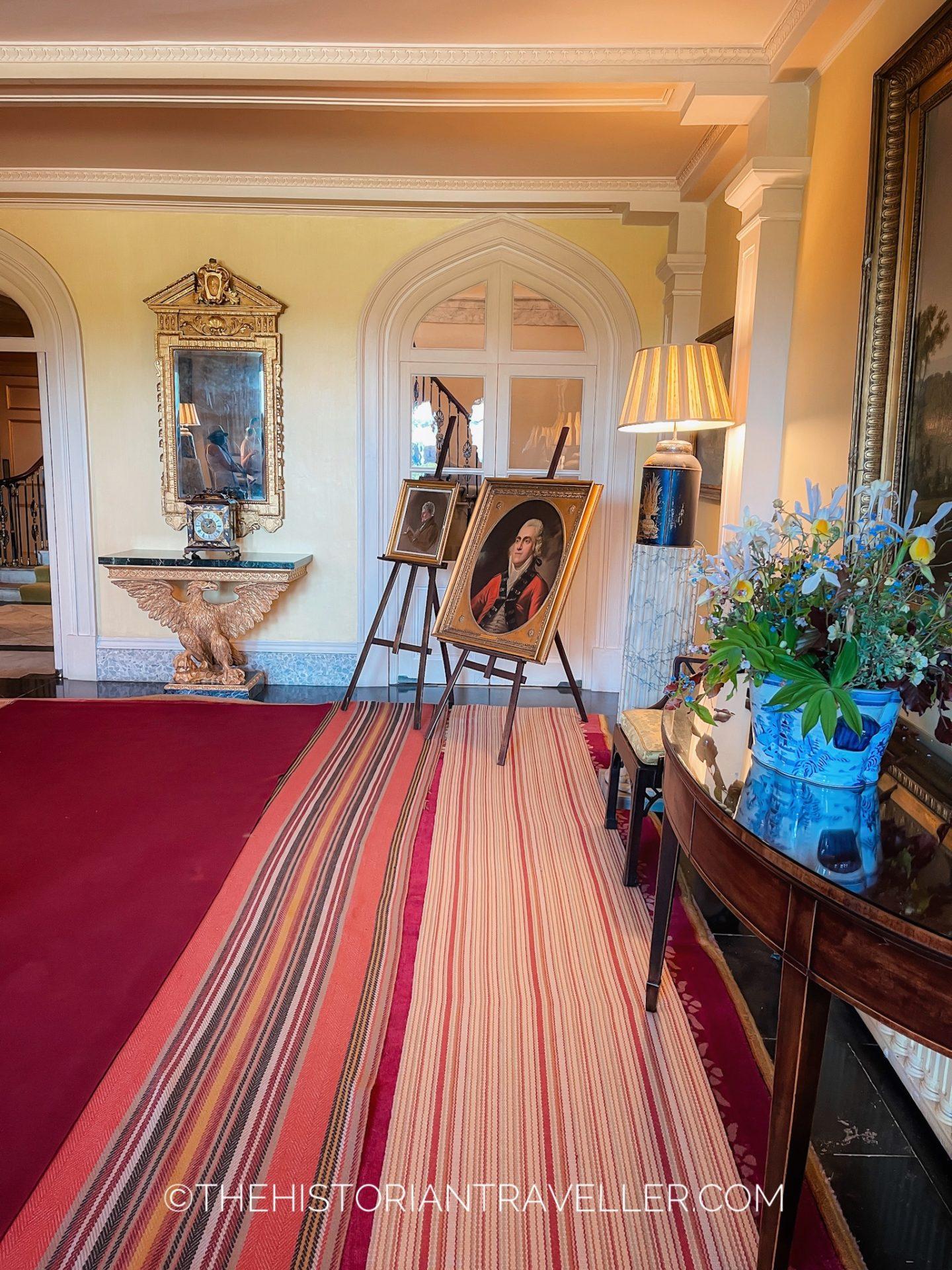
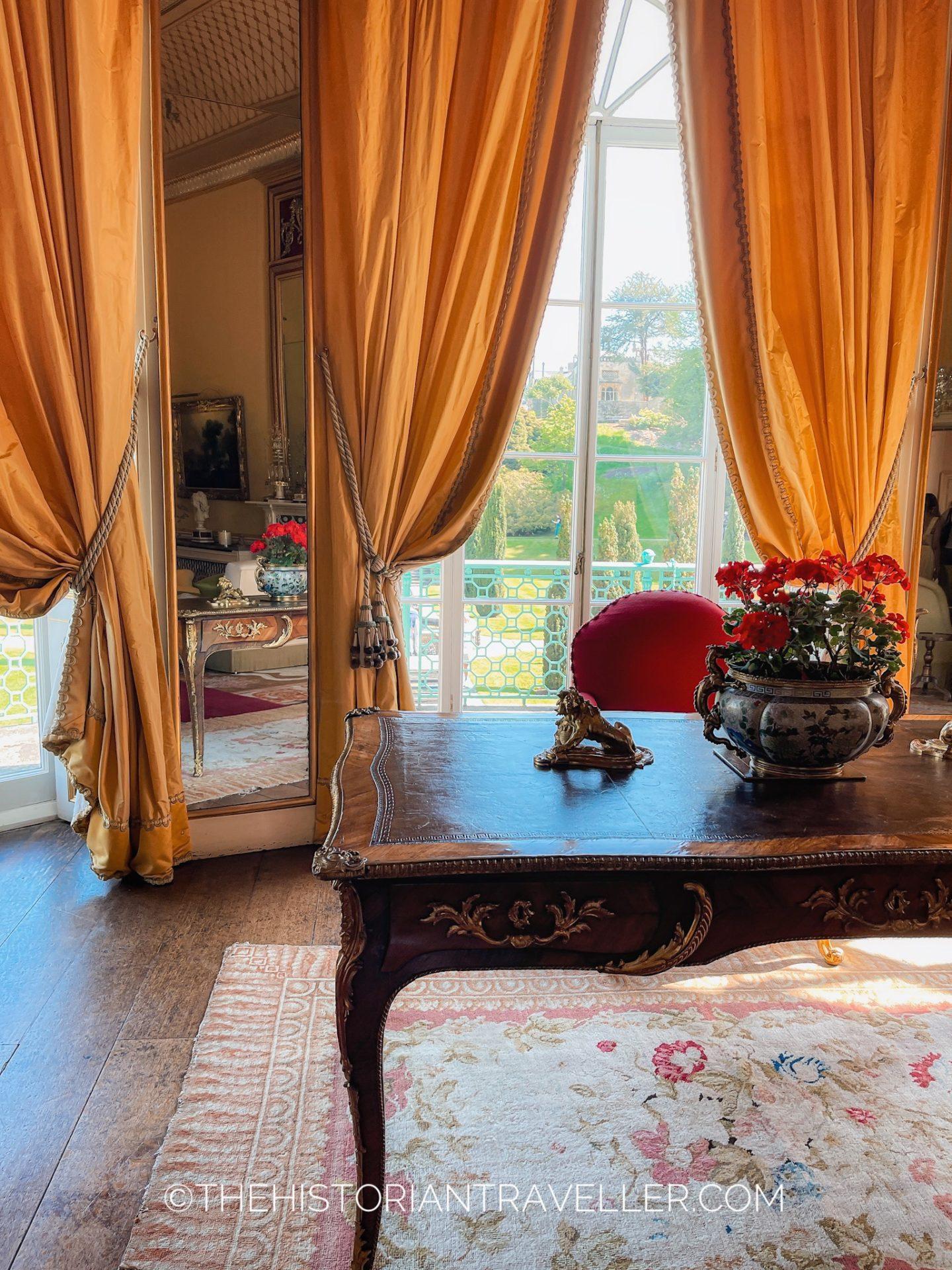
If it’s your first visit to Sezincote, I warmly suggest you to book a tour of the house. The tour lasts between 30-45 mins and will give you some great insights about the house and the raison d’être of the whole property. Because tours are limited to certain times and number of people, you should book them well in advance (see below for more info).
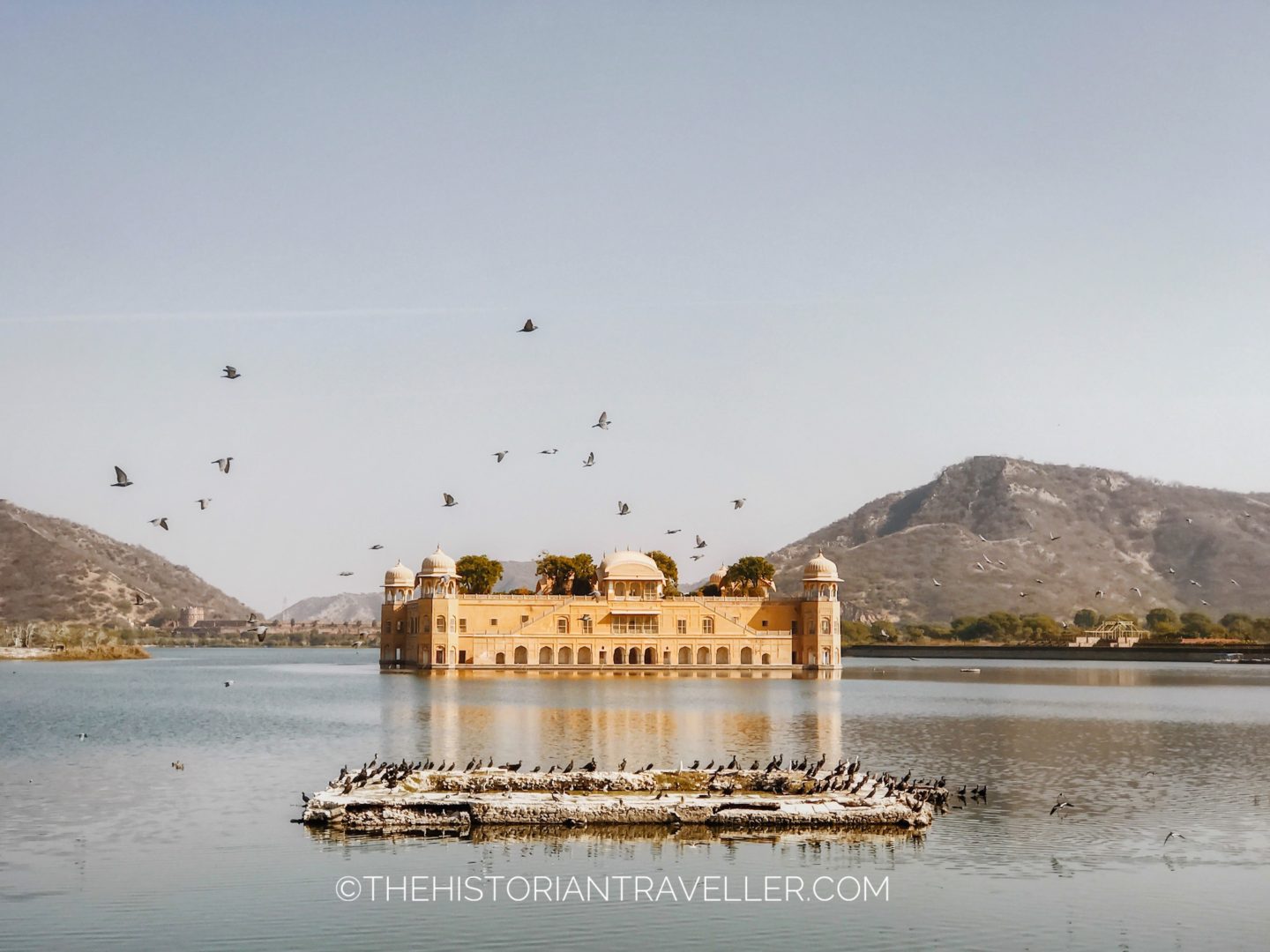
As I said before, the interior design of the house hasn’t been Indianised. Indeed, it maintains a more classical style with attempts of Persian/Oriental interior designs in some of the bedrooms. I didn’t find the house particularly attractive (but in general I don’t like those type of sumptuous decor). Nevertheless, I found the dining room quite impressive. In fact, this features a big mural with a giant painting of the Jal Mahal during the time of the British Empire. I found quite fascinating to see this painting. Especially, because the area is changed so much since the time it was painted on those walls (see my picture of 2018 above).
Our guide told us that this room is still used by the owners and their families during bigger festivities (e.g. Christmas, Easter). I wondered whether any of these people have seen their dining room painting in their real life or just imagining India still as the exotic place depicted in their walls.
The Persian Garden
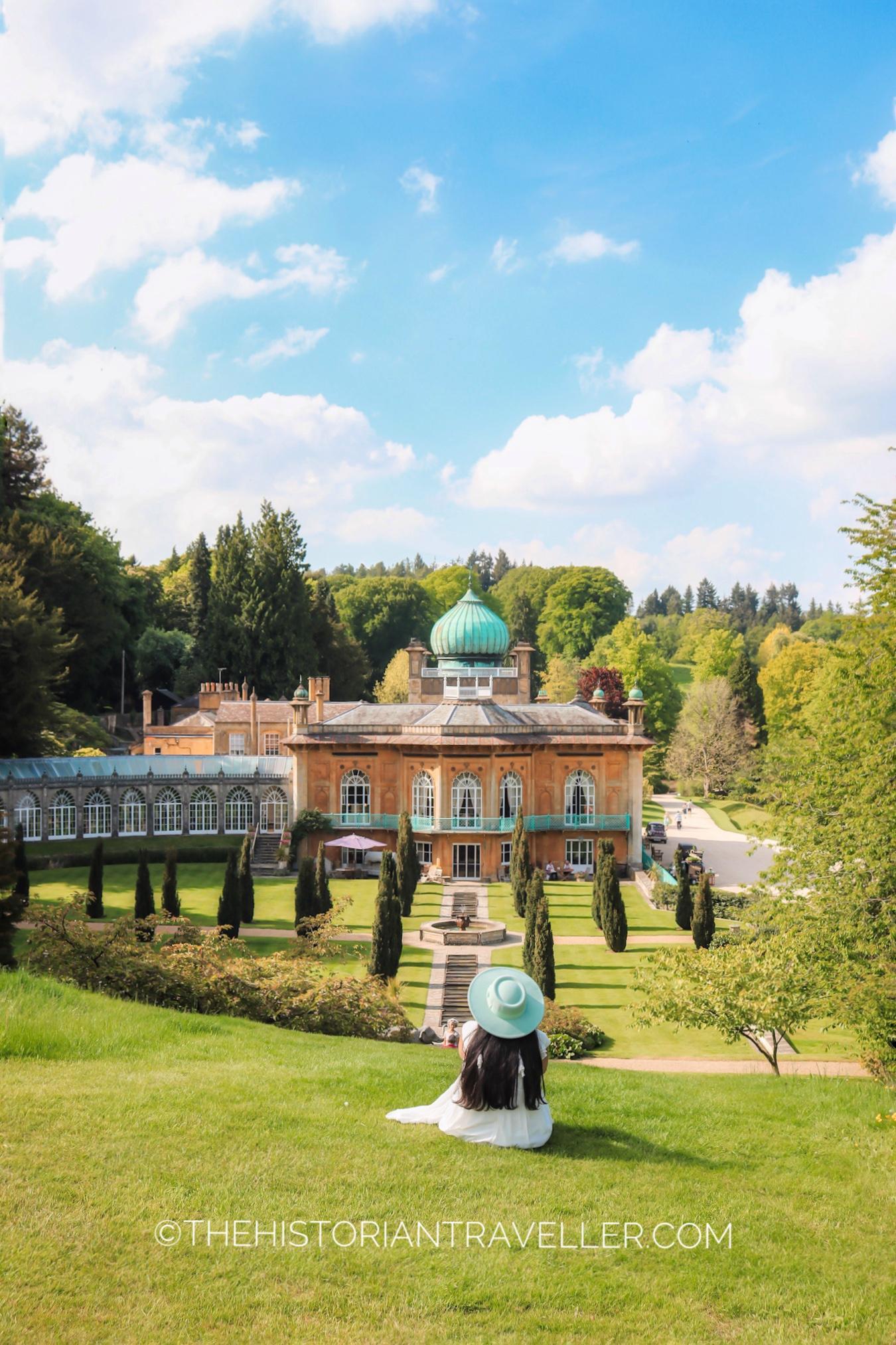
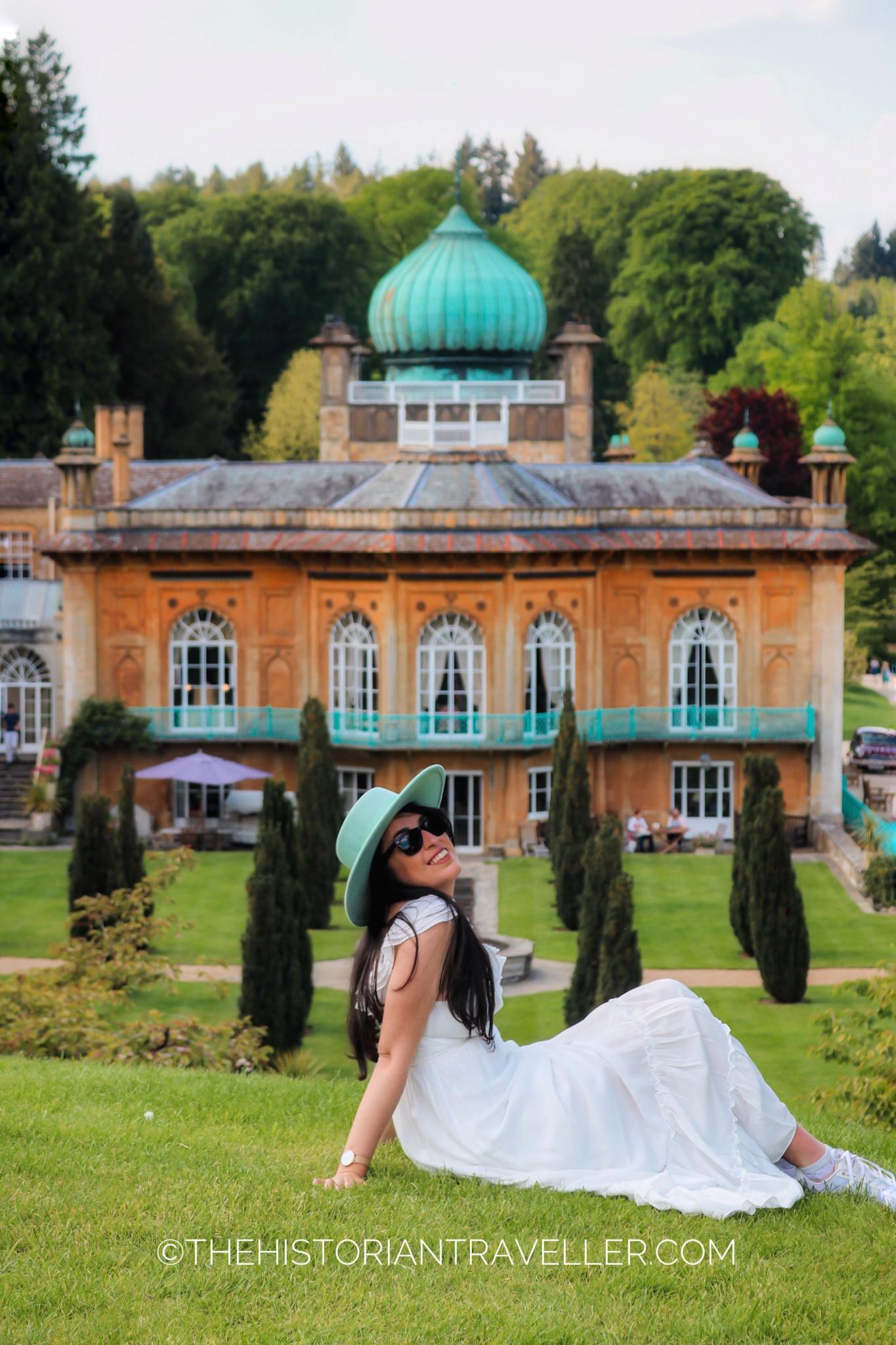
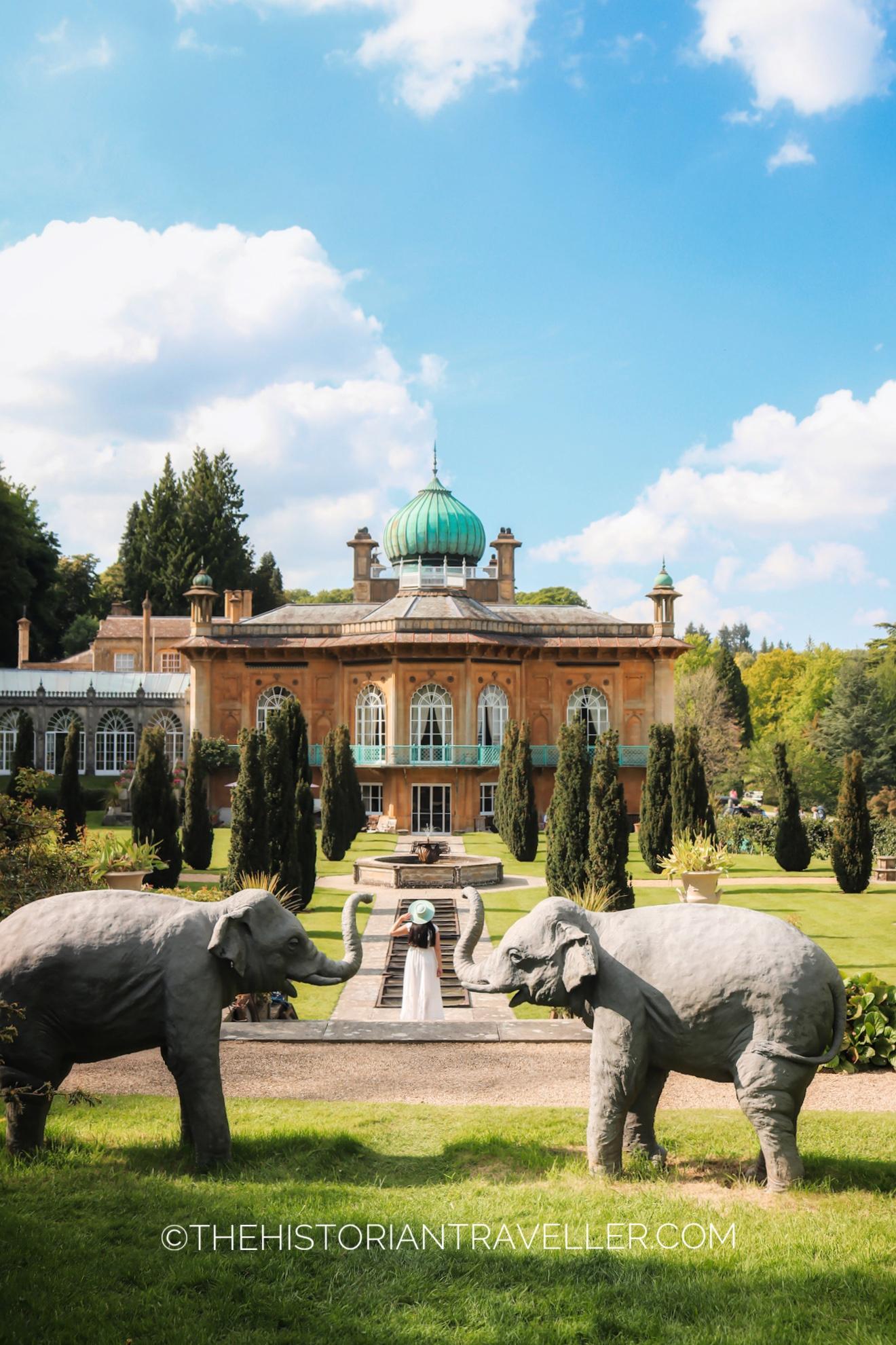
If you are searching for the perfect postcard-looking location for your pictures, the Persian Garden is that place. Surrounded by Irish yews, this is probably the most famous and photographed area of the entire property. The one you’ll see in magazines and online when you search “Sezincote gardens”.
Tip: for a better perspective on the house you can go up the little hill and shoot some pictures from here!
The Orangery
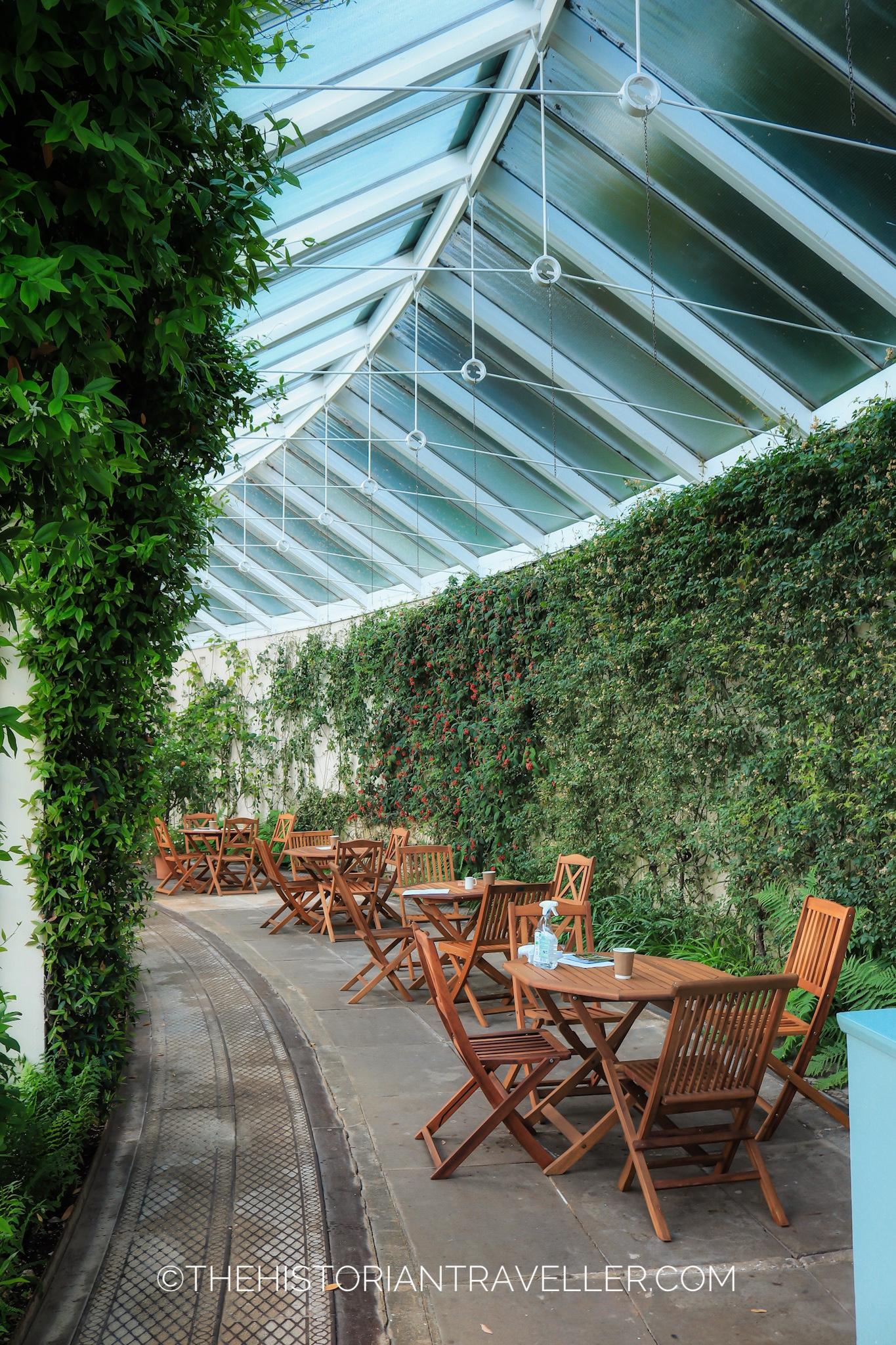
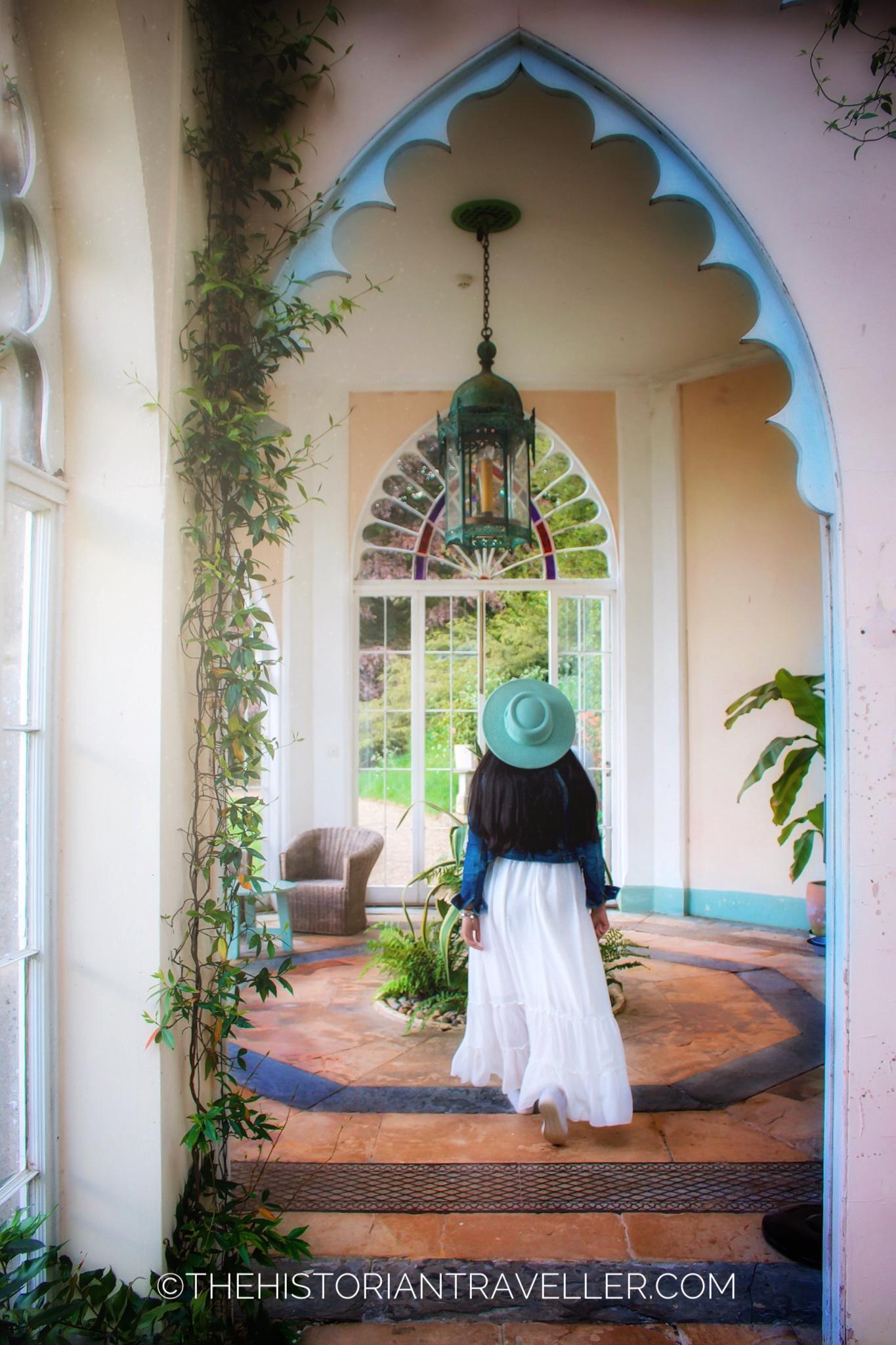

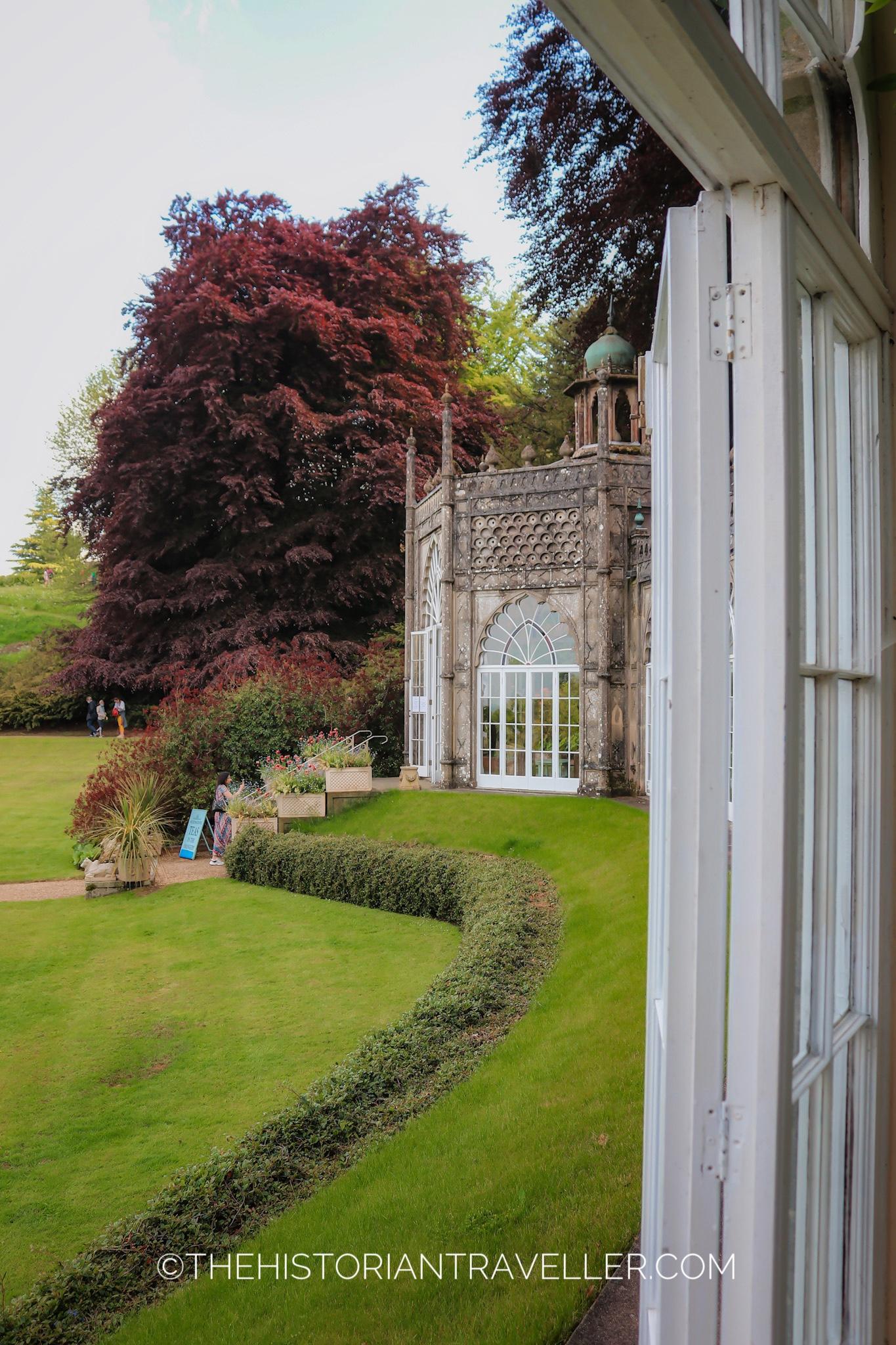
The Orangery, located just aside the Persian Garden, used to host exotic birds. The entire structure has been repaired in 1980 and now hosts a tea room. This was one of my favourite locations inside Sezincote. Not much because of the tea room (that was quite disappointing actually) but because of the location itself. Indeed, after you pass a lovely lobby, you will be welcomed by a long panelled corridor of which the entire walls are covered in exotic flowers and green leaves. Here you will smell fragrance of lemons and flowers and have your tea surrounded by all this beauty and view of the house.
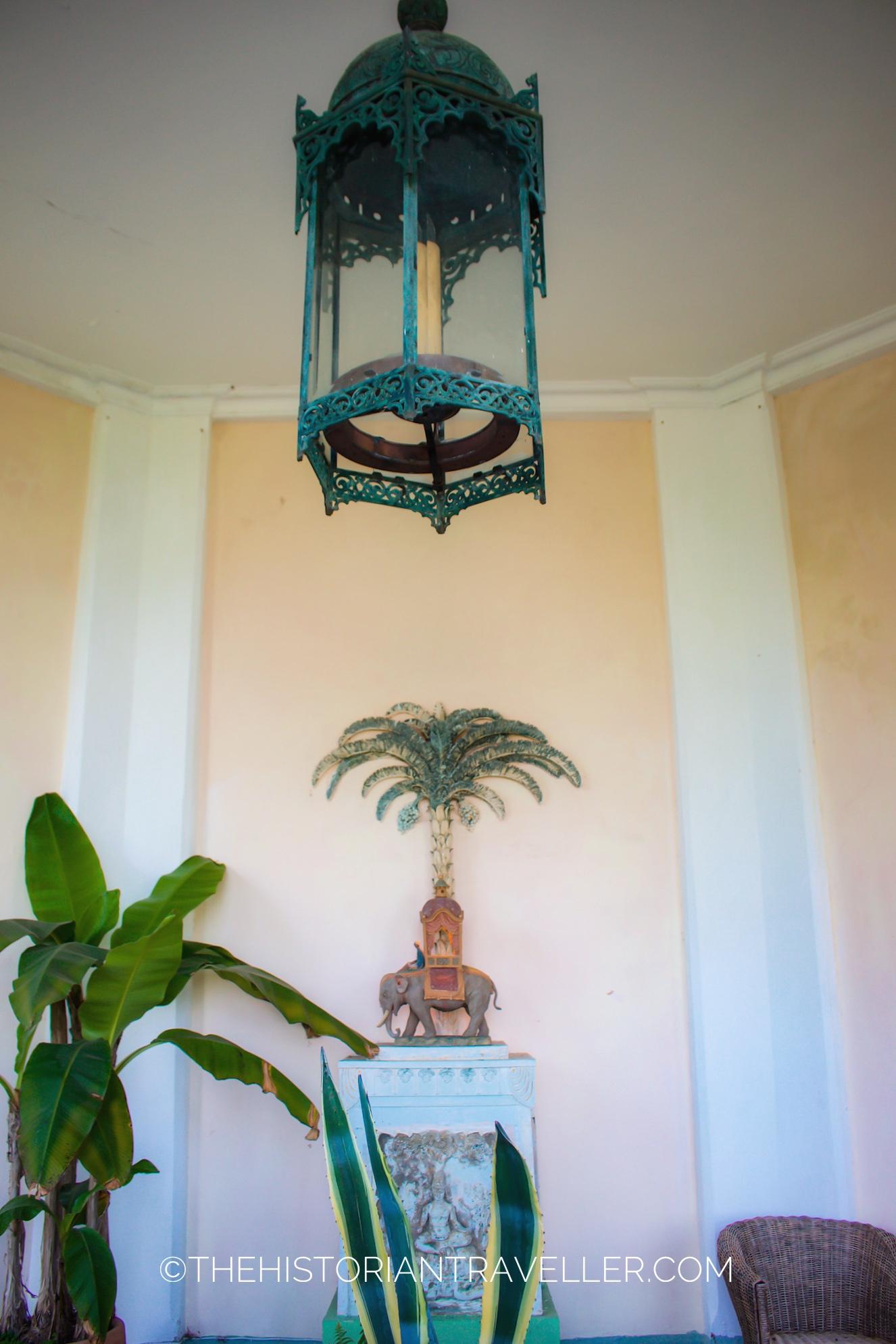
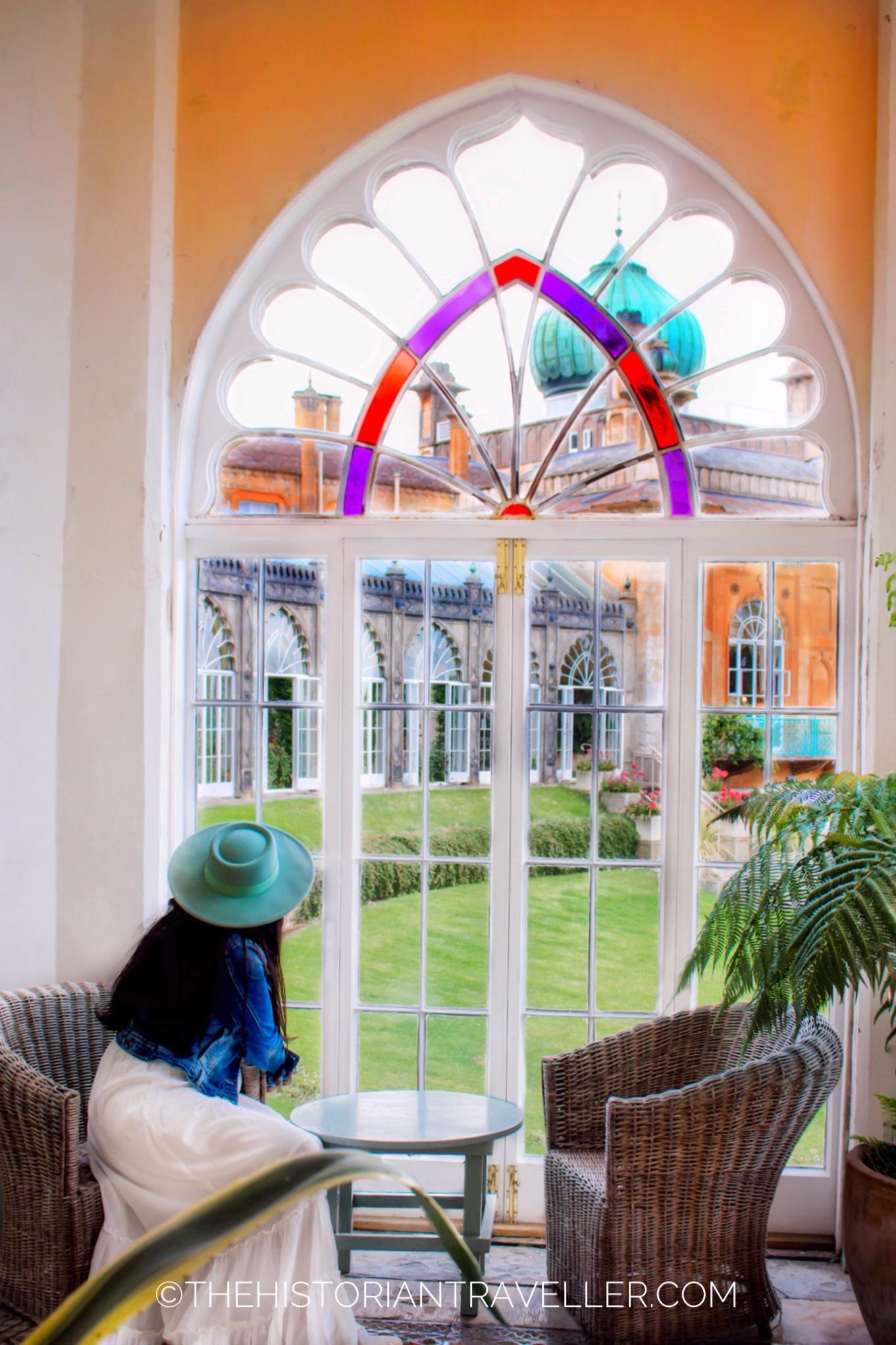
Unfortunately, the tea experience itself wasn’t up to what the location has to offer. It would have been a hundred times better to have the possibility of experiencing an aesthetically pleasant traditional afternoon tea instead of cheap paper cups tea and cake served by some unfriendly staff. BUT, this is the only way you can visit the Orangery and, despite disappointing, it was worth anyway. I hope they will improve their tea room experience in the future!
Tip: keep in mind that during summer the tea room might be quite busy as there are not as many tables. Not sure if they take reservations, but is worth to ask when you arrive to avoid misunderstandings. When we visited it wasn’t a busy day so we could directly seat where we wanted.
Indian bridge and the Thornery
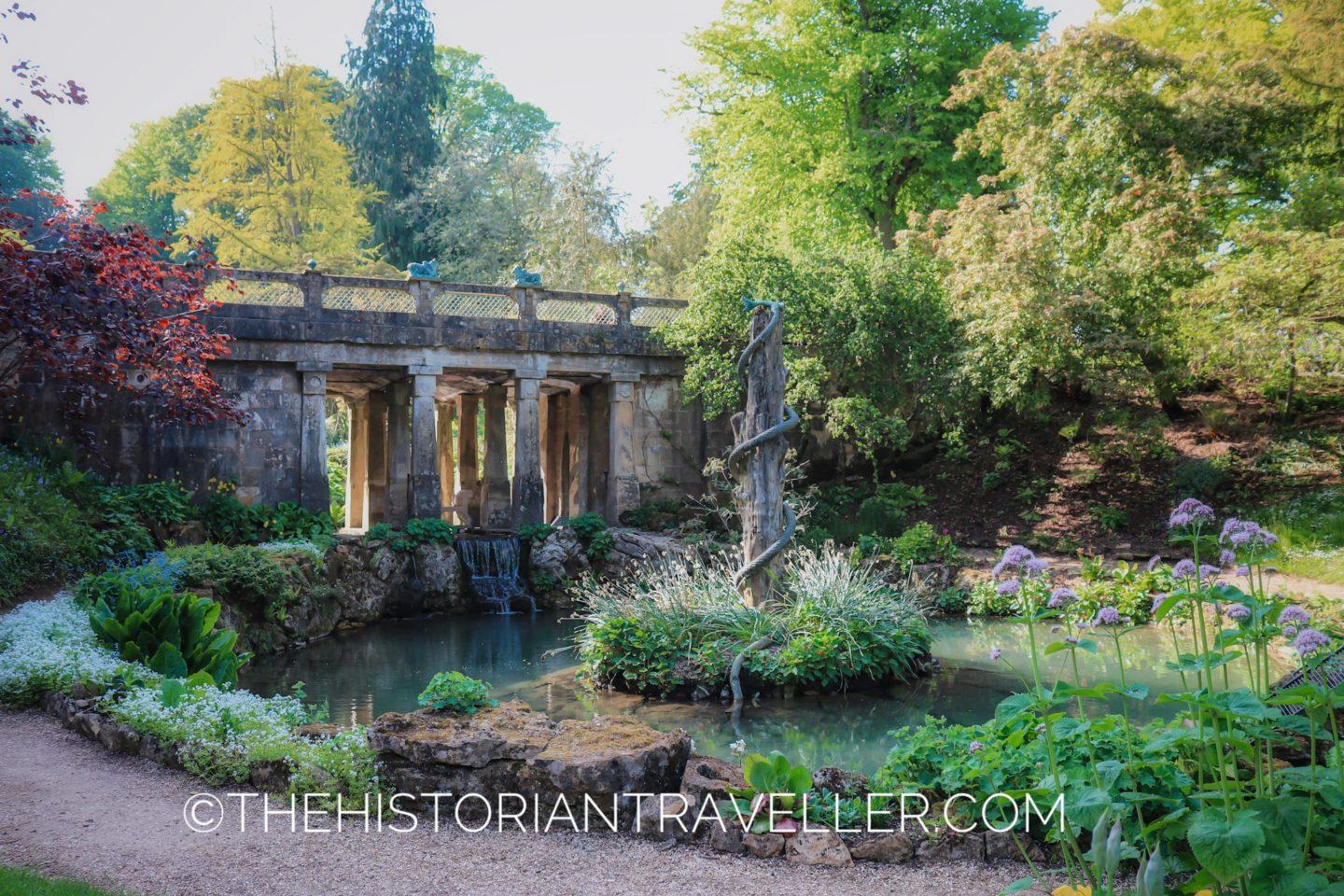
The “Indian bridge” is probably one of the first attractions you will pass once you enter the garden. This is adorned with Brahmin bulls and overlooks two different sides of the garden that are part of the Thornery.
The Thornery has been described as the water garden created entirely by Thomas Daniell in his attempt to create a beautiful “Oriental Scenery”. The Indian bridge stands between two large pools. The first one (on the left coming from the entrance) is known as “Snake Pool” or “Lower Thornery”. This features a 3-headed snake curving around an upstanding tree trunk at the centre of a pool.
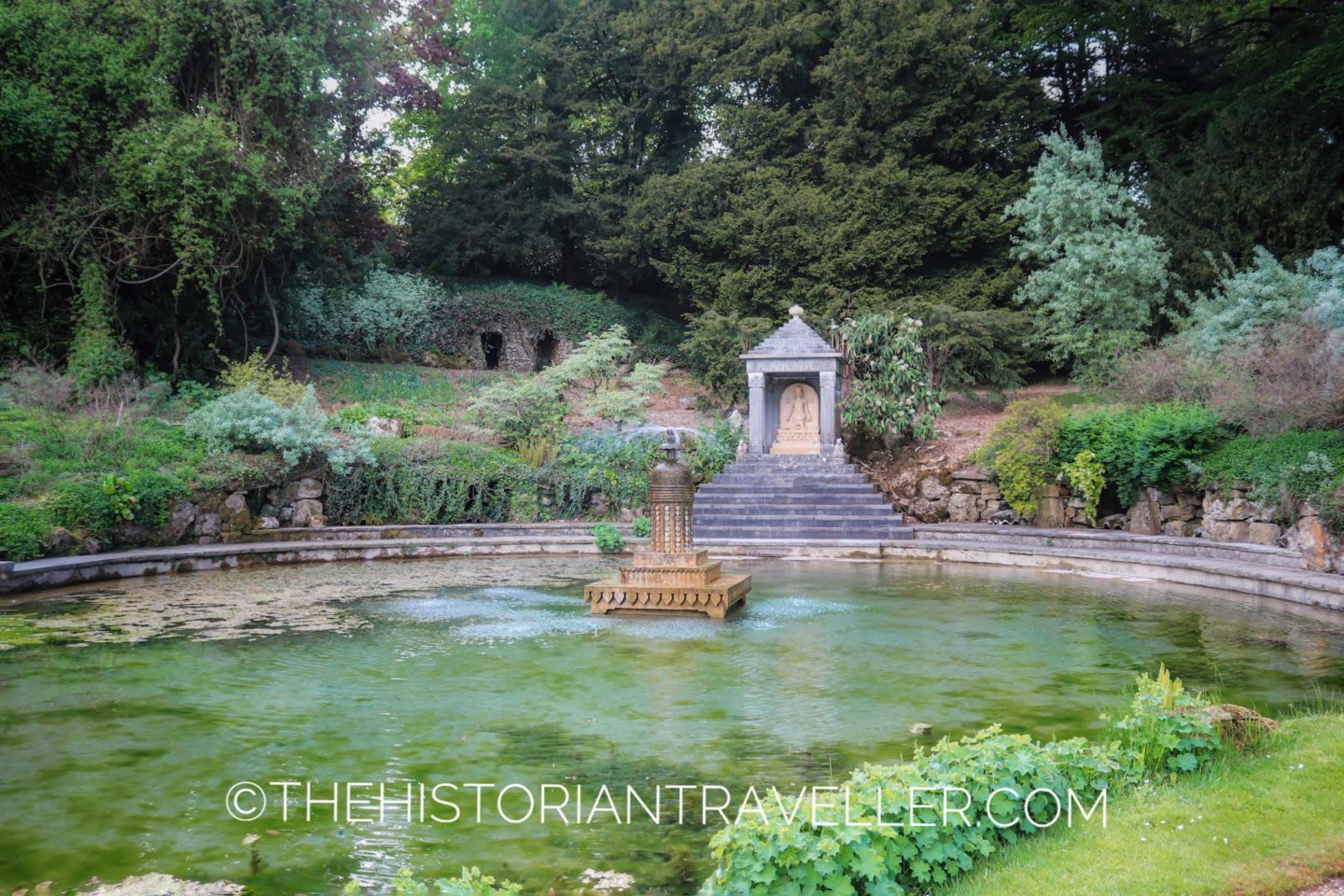
The second pool is known as “Temple pool” of “upper Thornery”. This feature a large pool with a small temple dedicated to the sun god Surya.
Getting to Sezincote
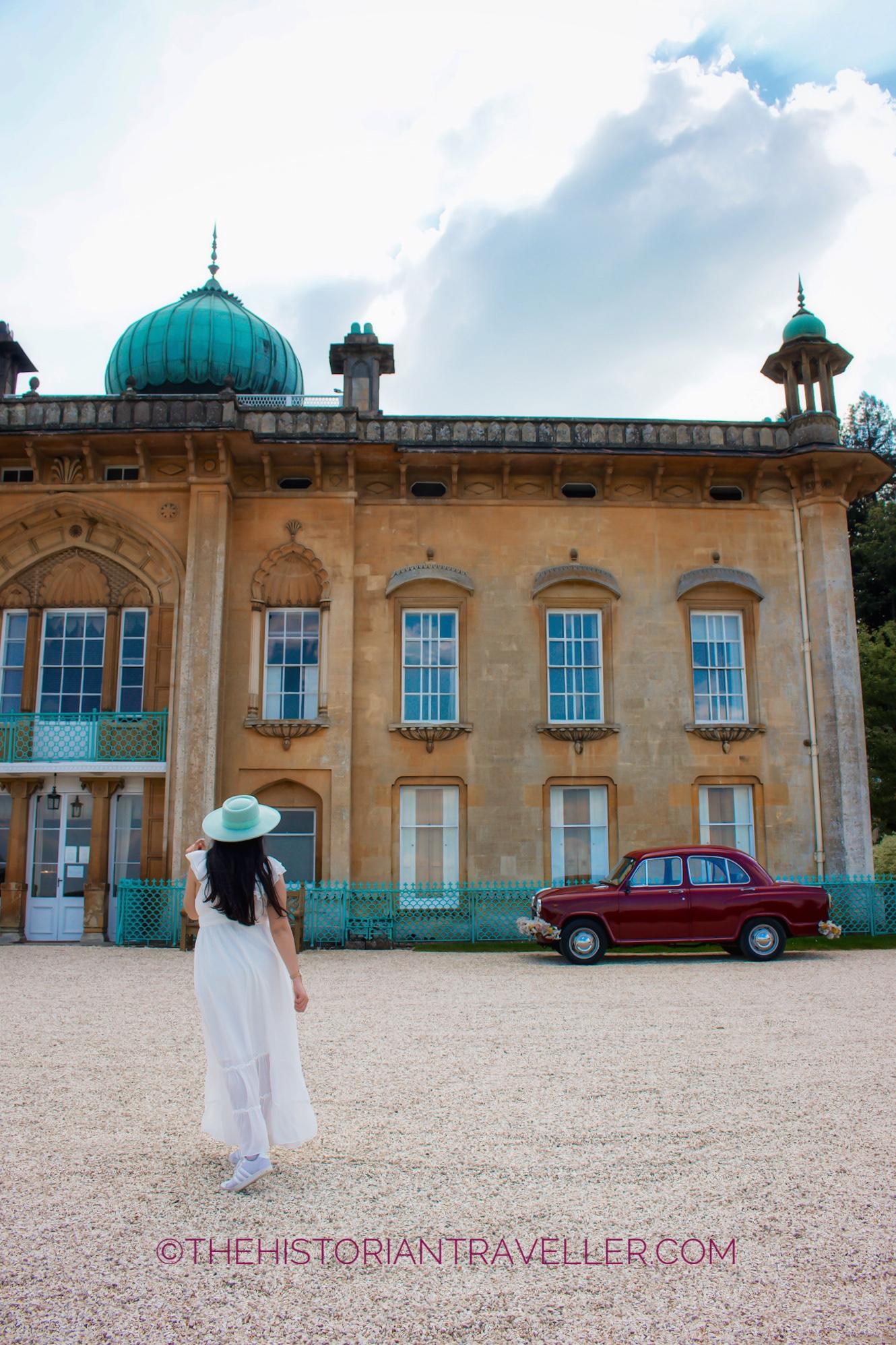
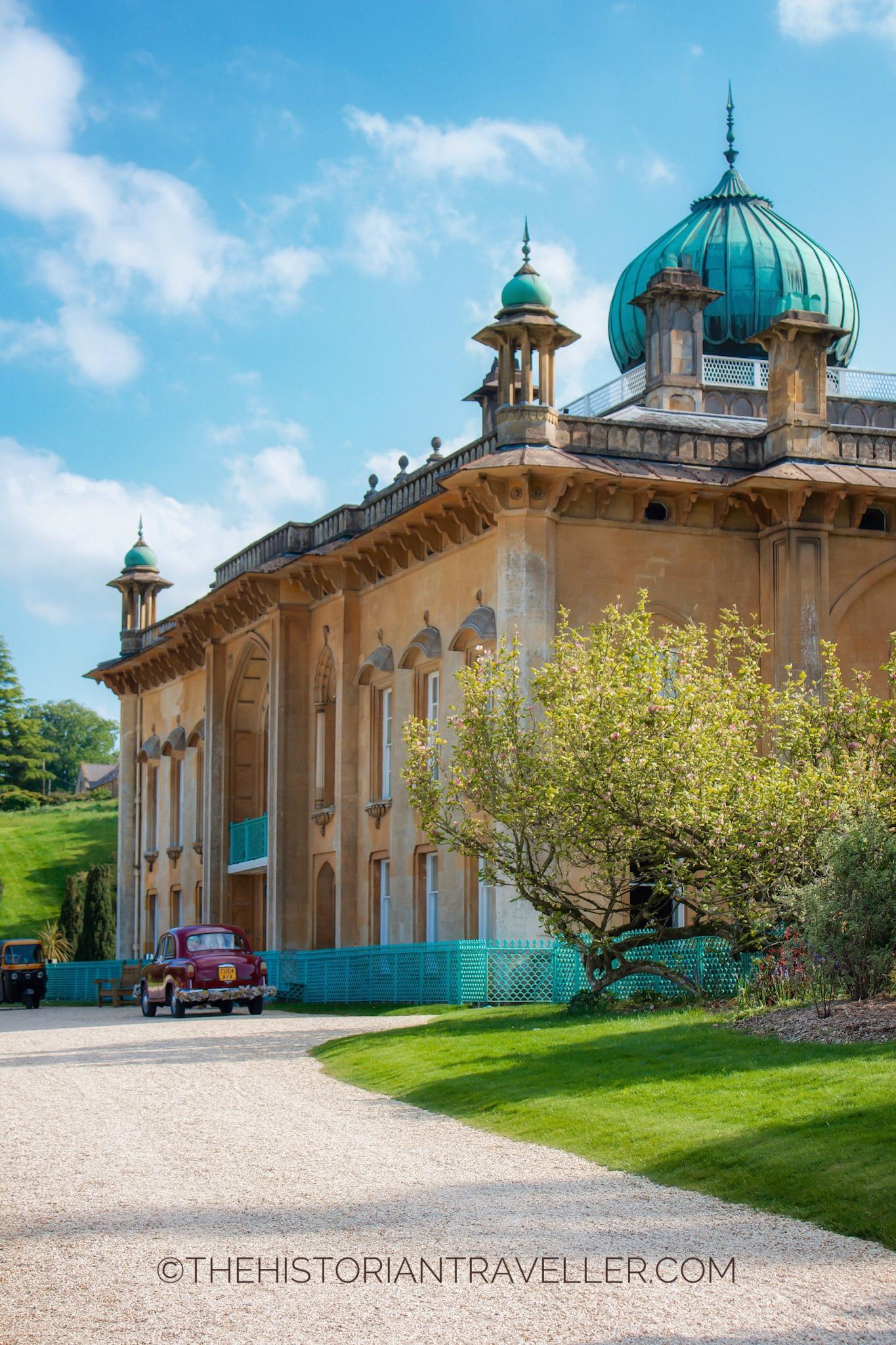
As you can imagine, you will need a car to get to Sezincote. In fact, the estate is located in the heart of the Cotswold and is not reachable by train or bus.
Beware that Google Maps will not lead you to the right entrance and to find Sezincote is better to rely on the old-fashioned street signs. In fact, Google will lead you to the Farm entrance that is part of the estate but not accessible to visitors. So, once you reach the A44 near the Batsford Arboretum you will start seeing some signs saying “Indian house and gardens”. Follow them and you will arrive in the main parking.
Sezincote opening times
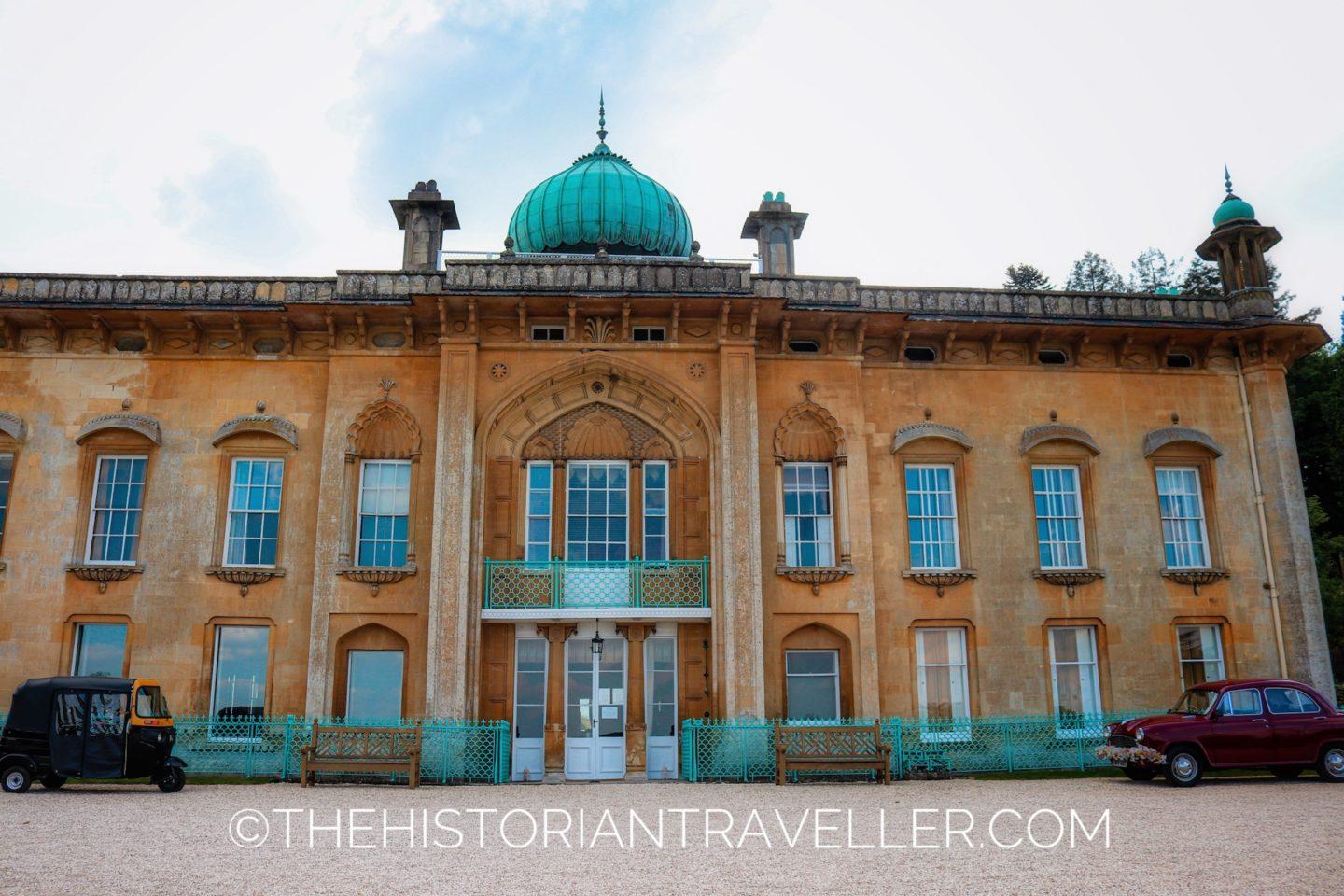
One of the “problems” (or maybe is an advantage?!?) of the Sezincote estate regard it’s strange opening times. In fact, the property is not visitable during the weekends when most people are free but only during certain week days and certain bank holidays. On the one hand this make difficult to plan a visit, especially for people who work all week. On the other hand, this allow visitors a better experience as they won’t find masses of local tourists waiting for the weekend.
The opening times are for 2022 are as follow:
Sezincote Garden: January-November (closed December)
Wednesday, Thursday, Friday & Bank Holiday Mondays
Sezincote House, Garden and Orangery Tearoom: May-September
Wednesday, Thursday, Friday & Bank Holiday Mondays
Summer Opening Hours:
April– October 11am-5pm, last entry 4.30pm, gates close 5.15pm
Winter Opening Hours
November to March (closed Dec) 11am-4pm, last entry 3.30pm, gates close 4.15pm
Sezincote admission prices
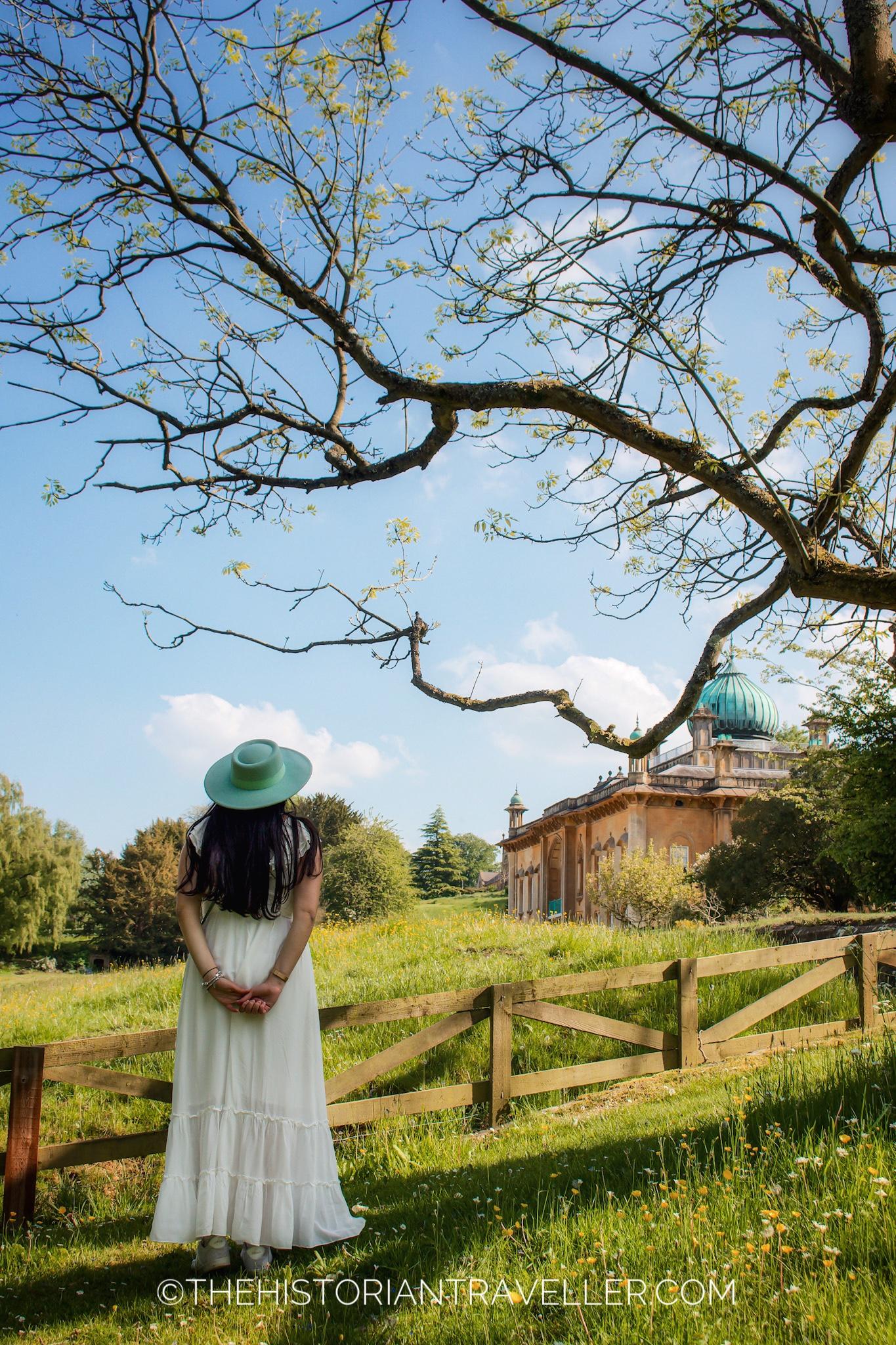
Garden: Adults £7.50 Children (16 & under) £2.50
House: (house tour & garden entry) Adults £12.50 Children (16 & under) £7.50
Visitors who are willing to undertake a tour of the house should book their visit well in advance via the Sezincote House website. Garden visitors only do not need to book in advance and may purchase their tickets at the entrance.
Dogs are not allowed in the property (gardens included).
Happy Travels!
Plan your trip to the UK
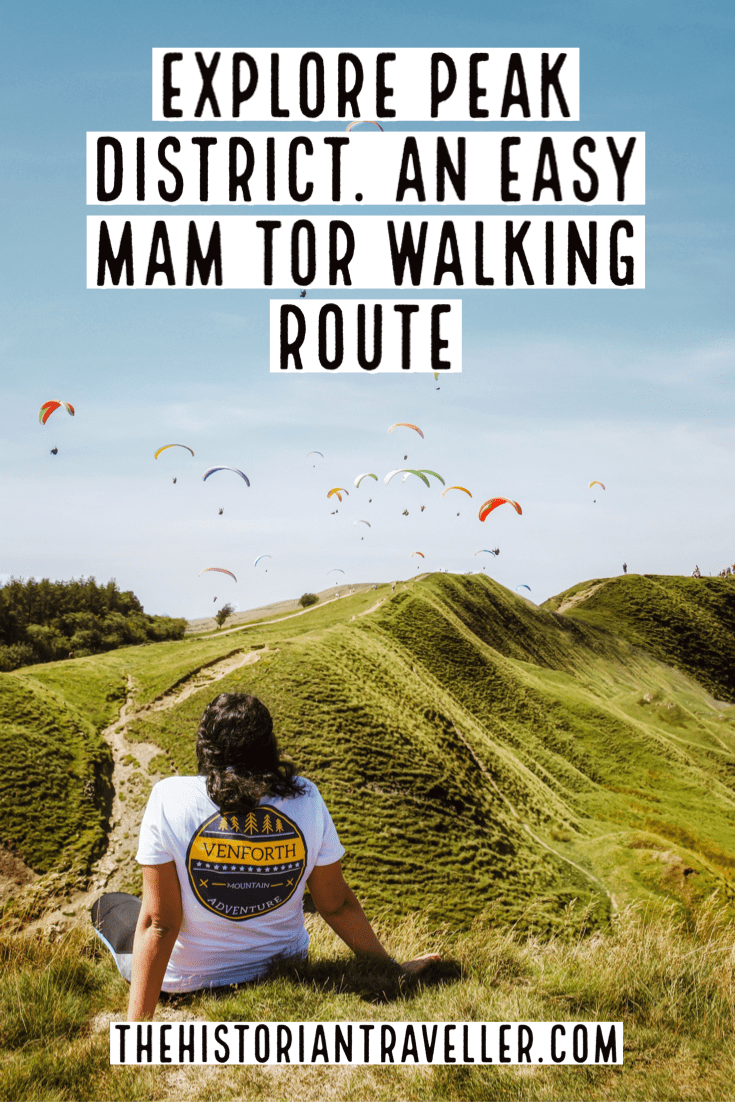
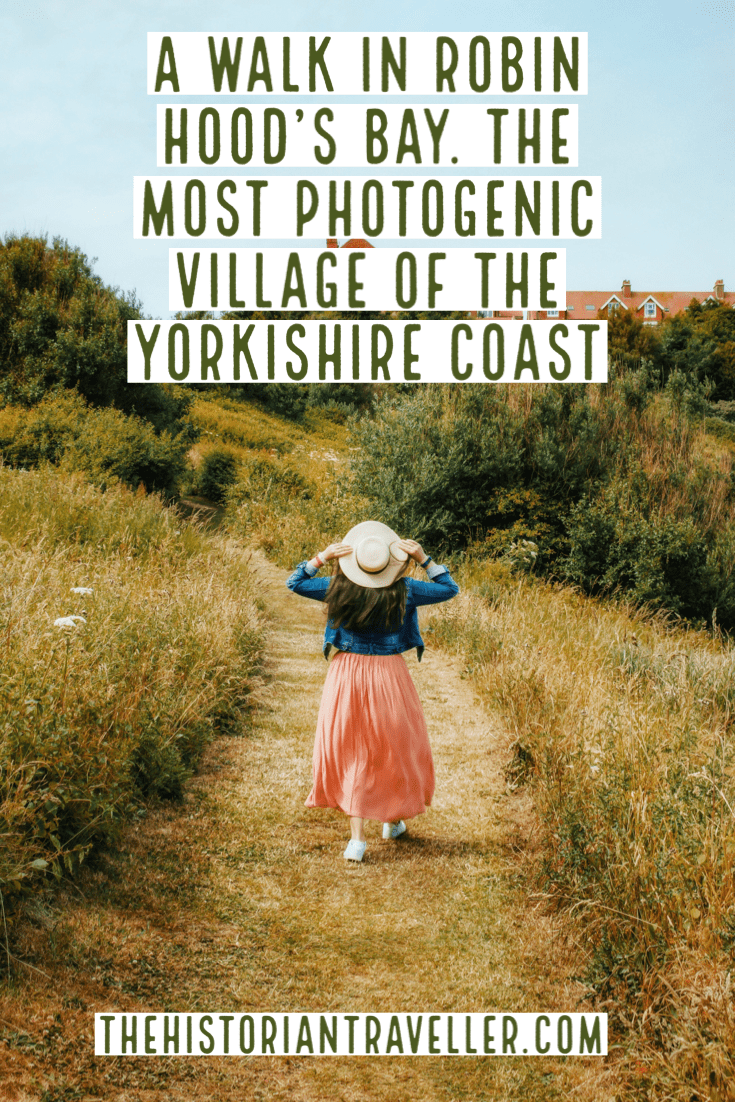
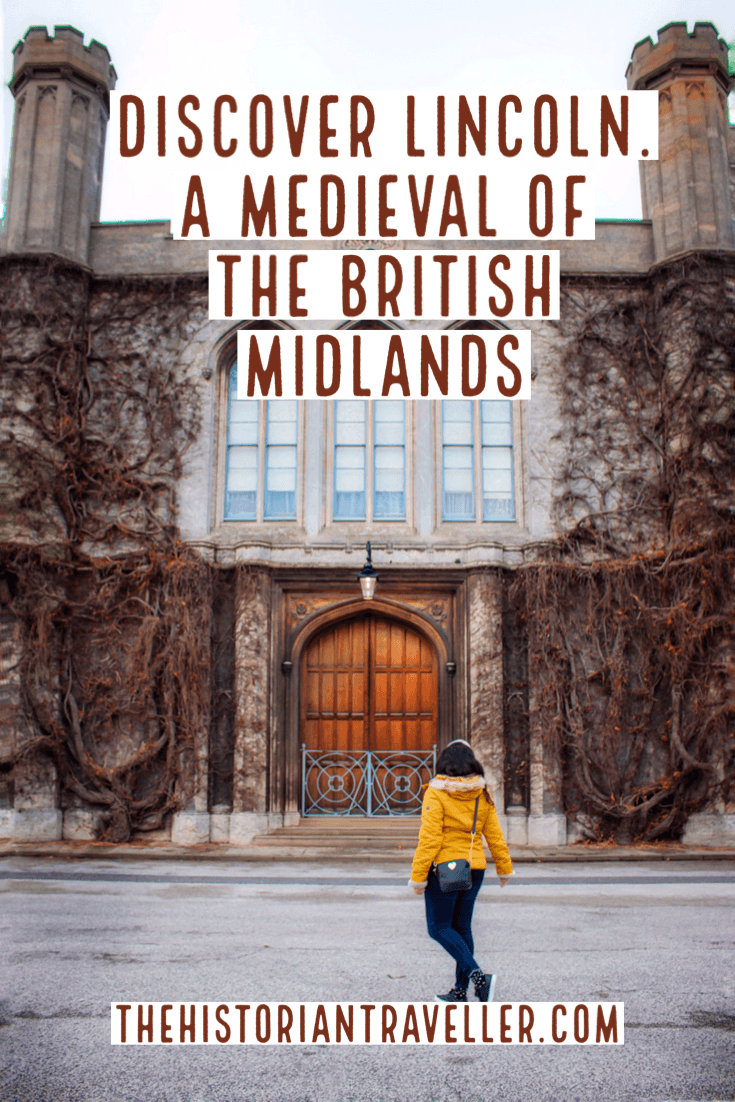
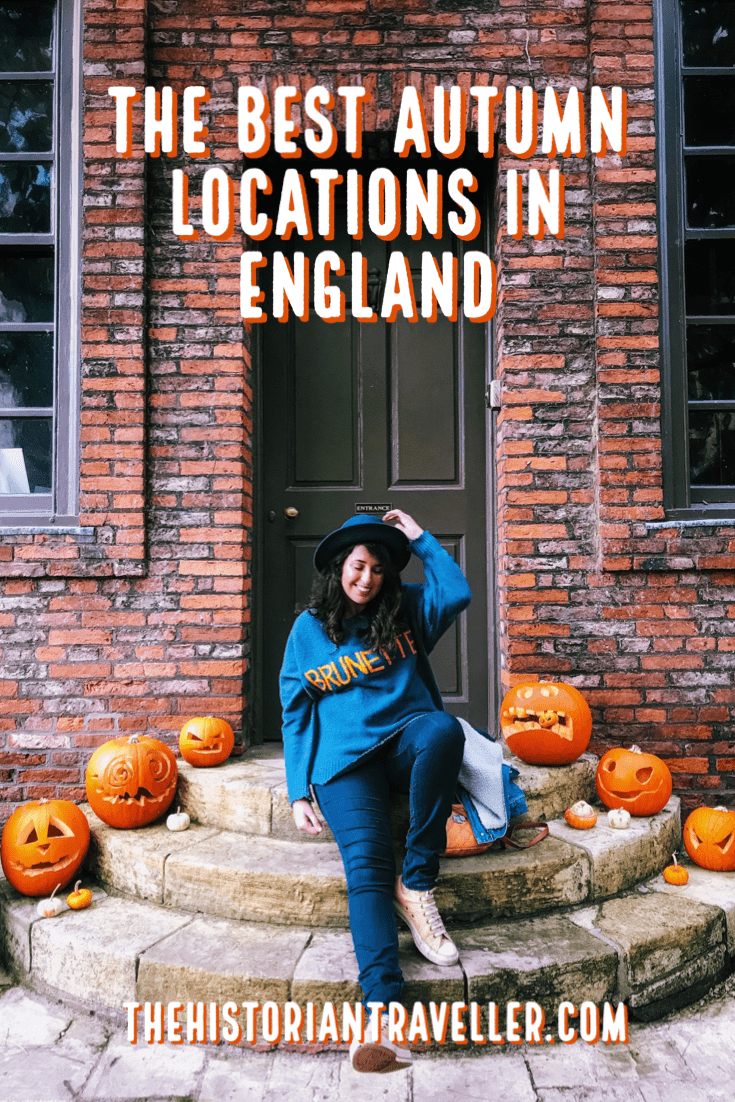
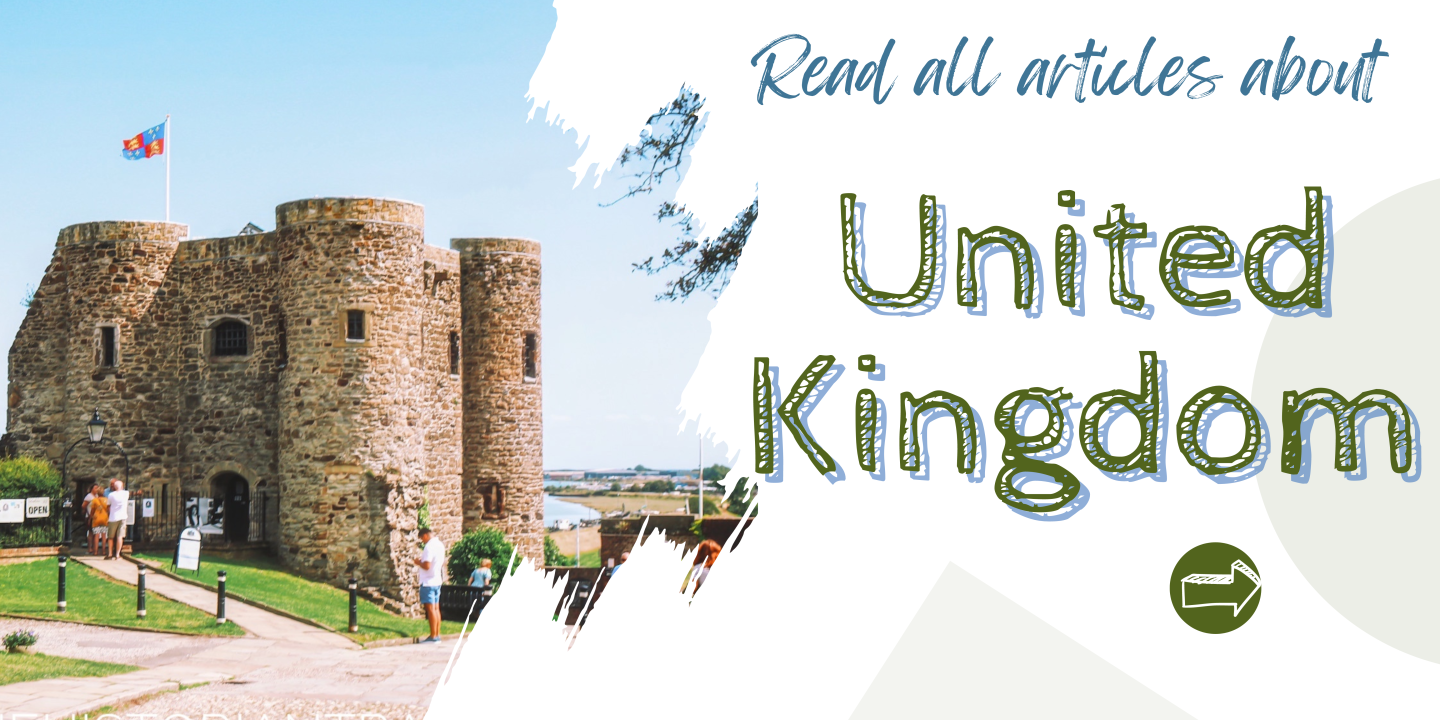
No time to read? Pin it for later!
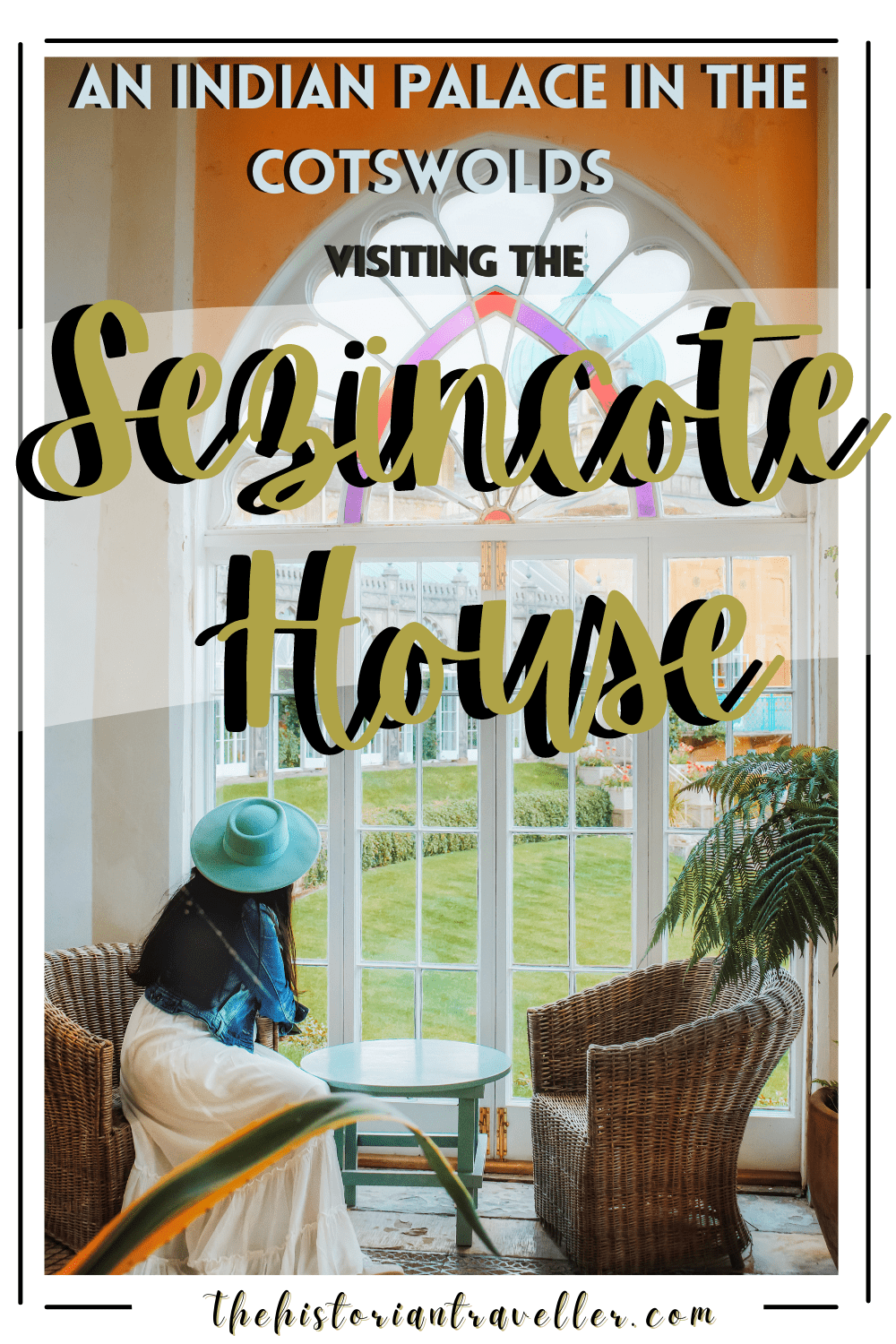

I had no idea this place existed, it’s so beautiful! I’d love to tour both the house and the gardens. I’d also try the tea to see the orangery.
Wow the architecture is absolutely amazing – and i love the beautiful decorations. The Persian Garden also looks like such a great place to walk around. It is definitely postcard worthy!
Wow this is such a gem! I never would have thought this was in the Cotswolds. Between the architecture, pools, gardens, and bridge, I can see why it’s worth the visit – even if the visiting times are unique! Thank you for sharing.
This is a beautiful place! I absolutely love the gorgeous gardens. Thank you so much for sharing!
What an unexpected and beautiful place! Adding this to my list of places to visit when I get to the UK- the architecture and decor is so unique!
Wow, this looks like a great place… I would love to visit and take some beautiful photos here 🙂 I loved the one with elephant sculptures!
Woooah this is totally not what I would expect to find in rural England. I looooove the gardens – the oriental influences sort of suit the green englishness! The tour is pretty cool too, to allow you to see inside and hear about the history of the house.